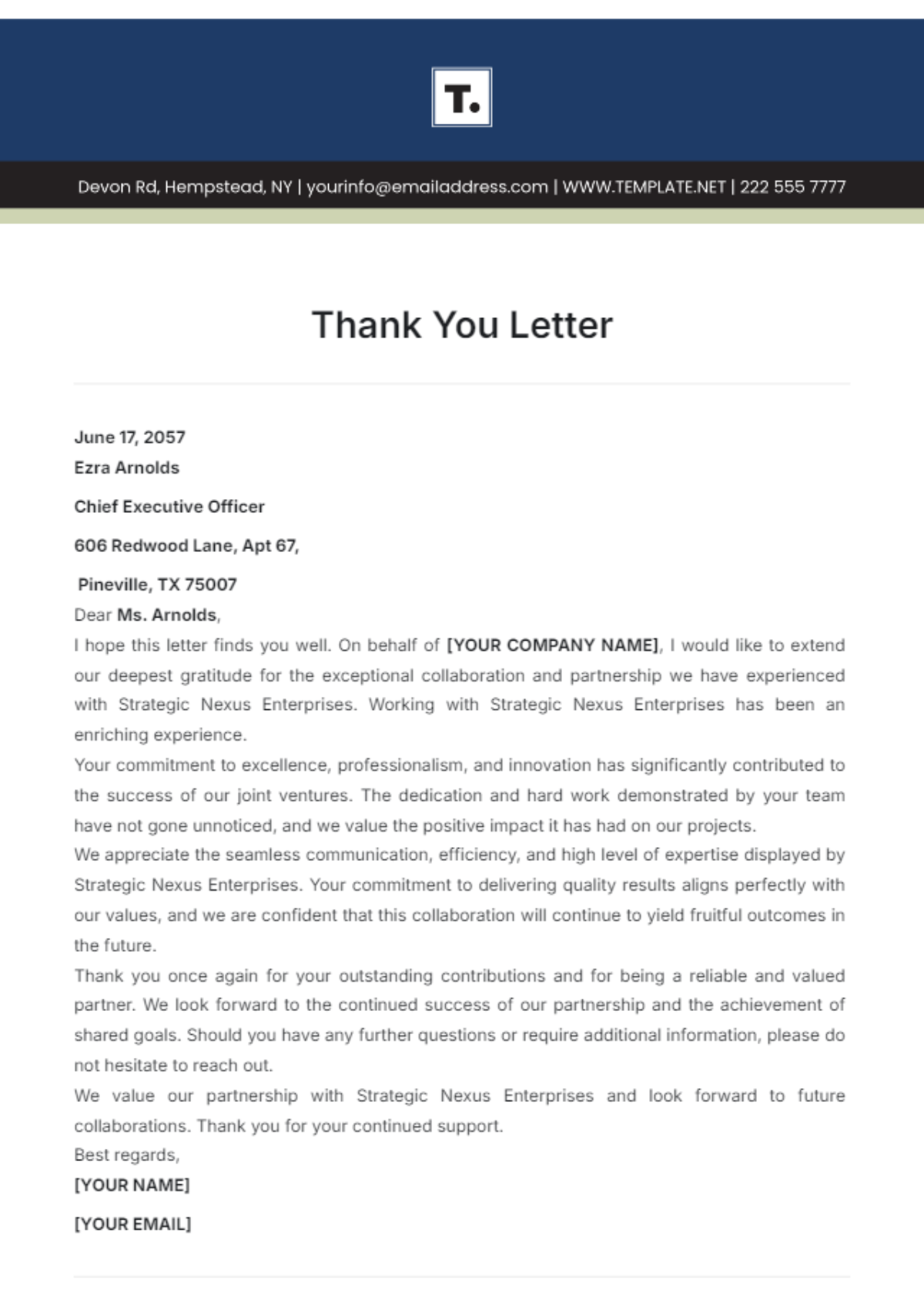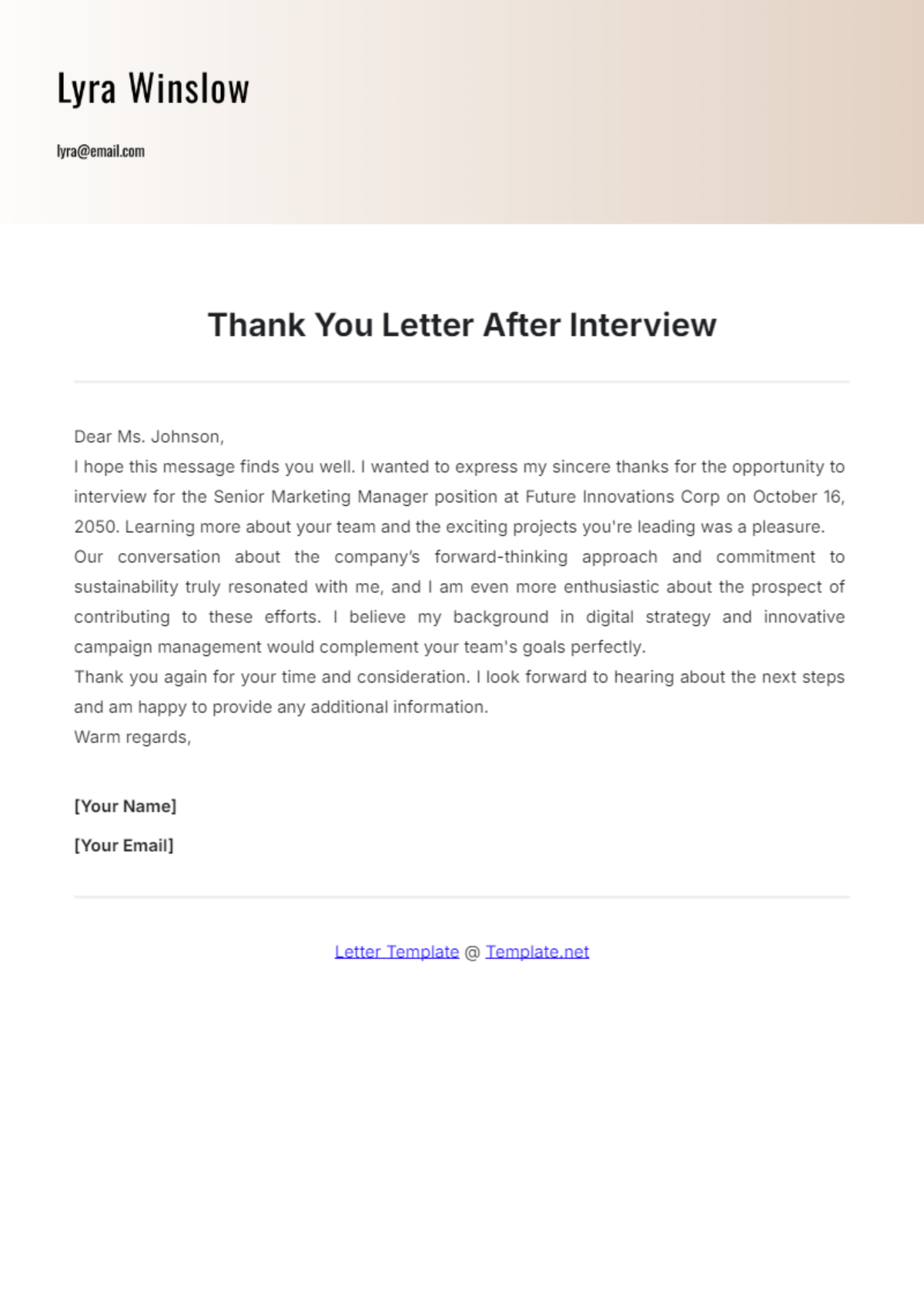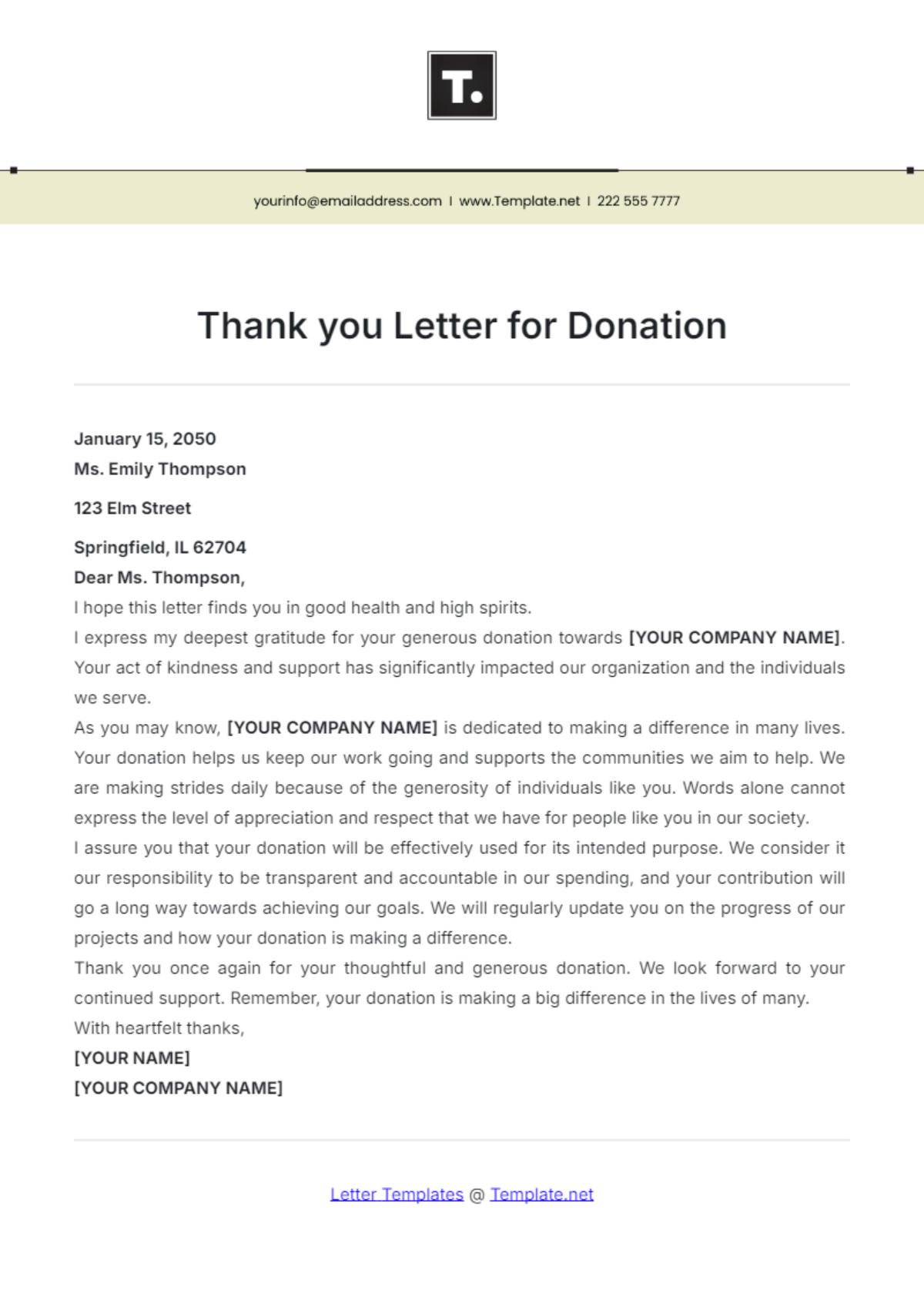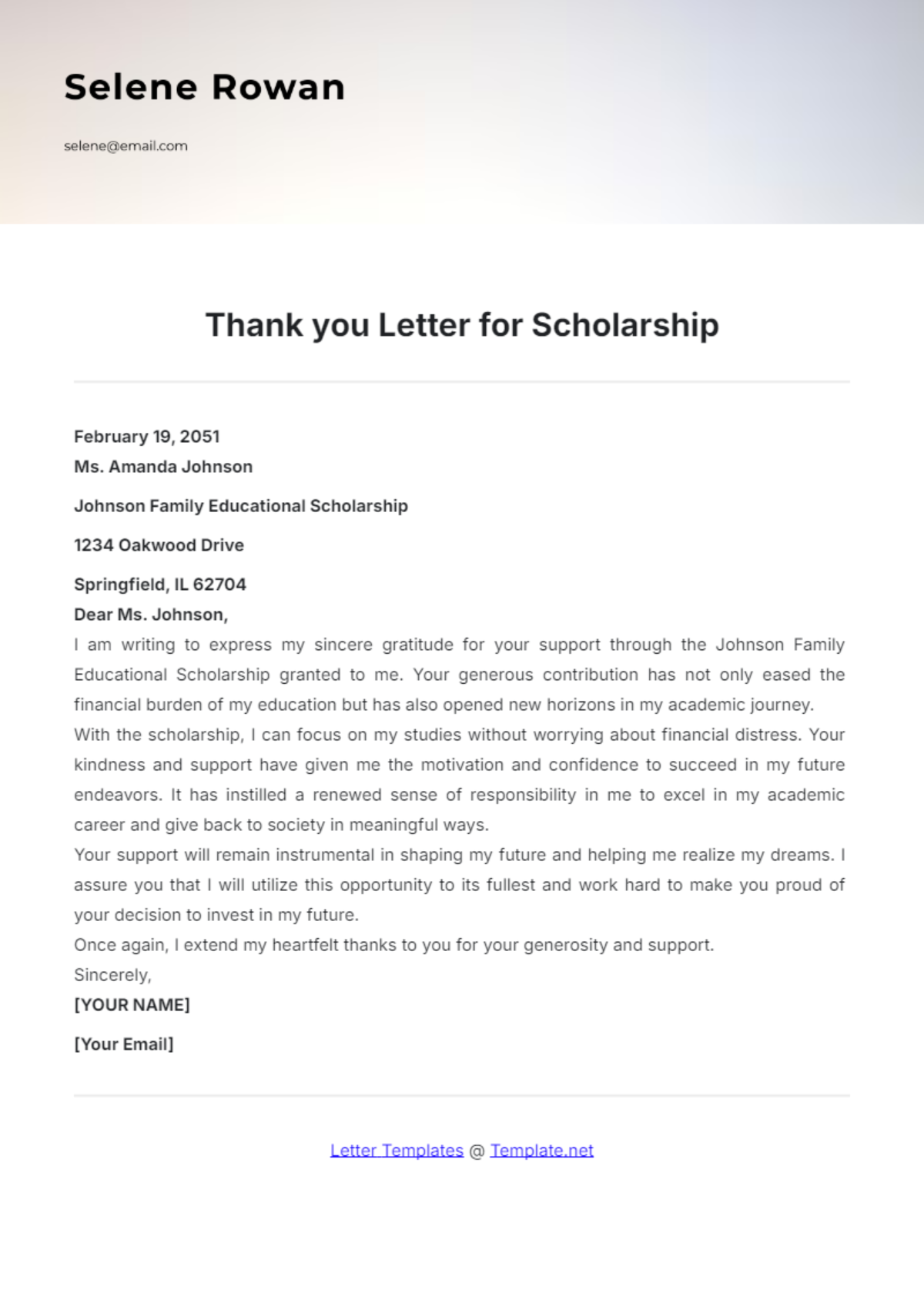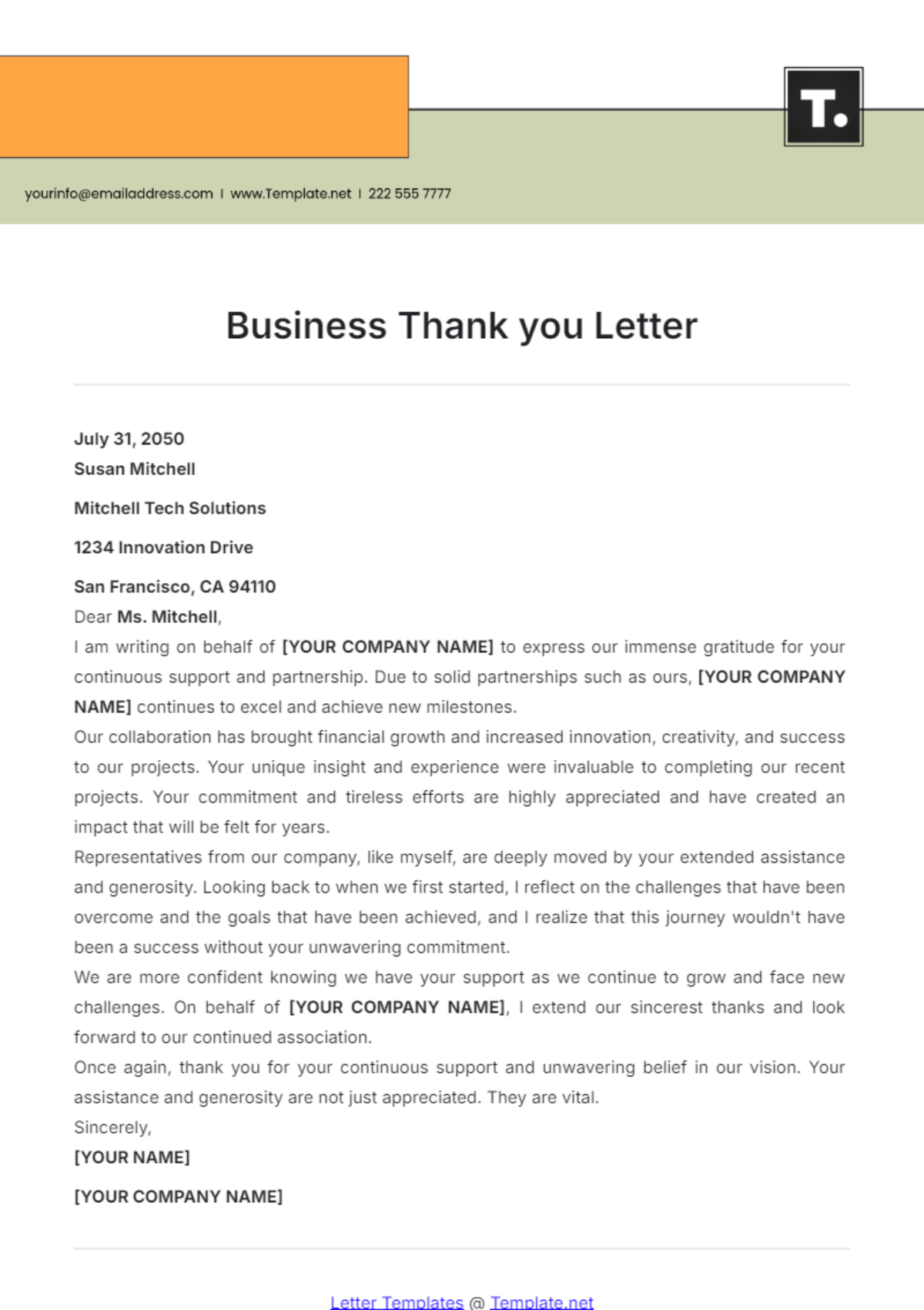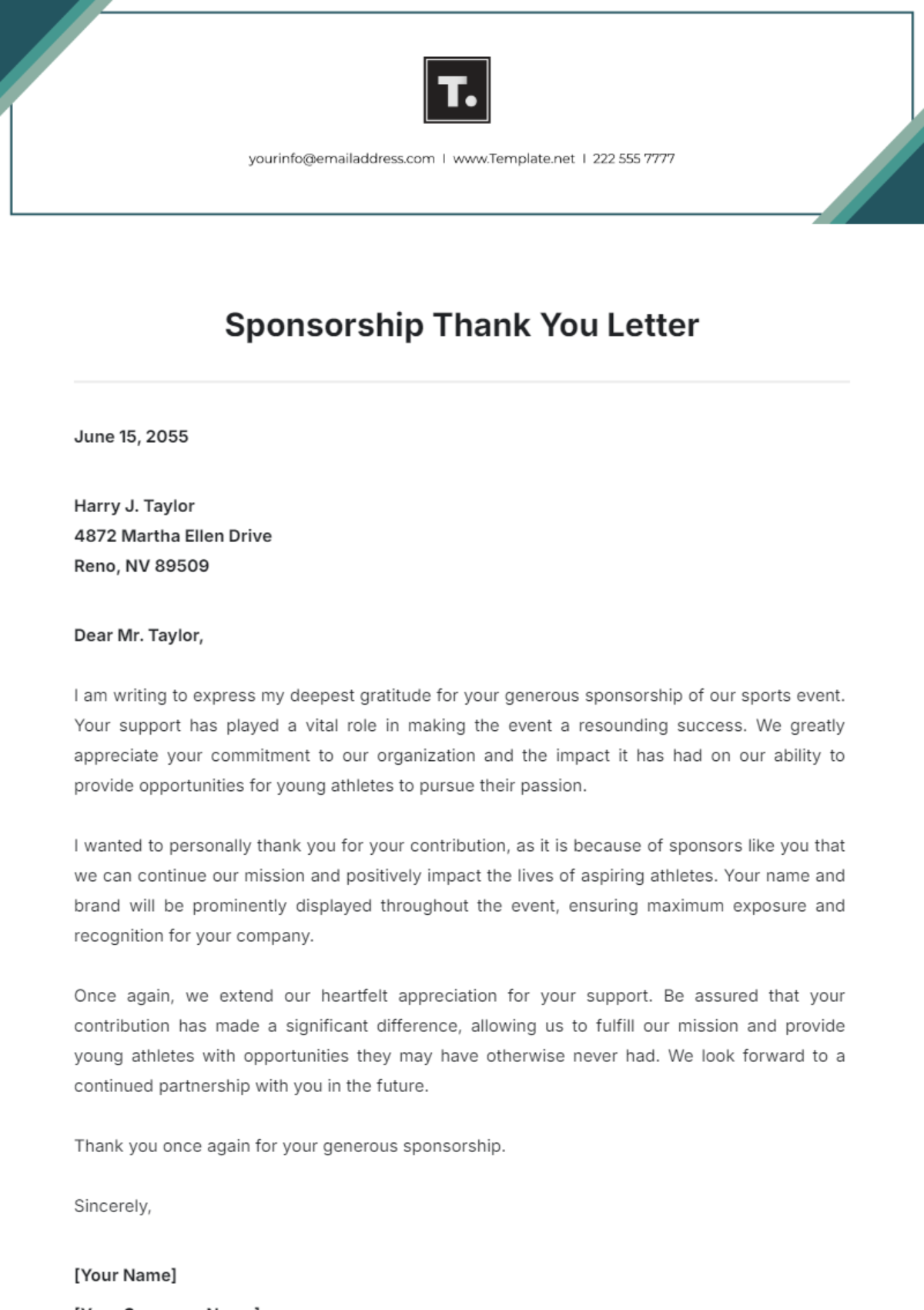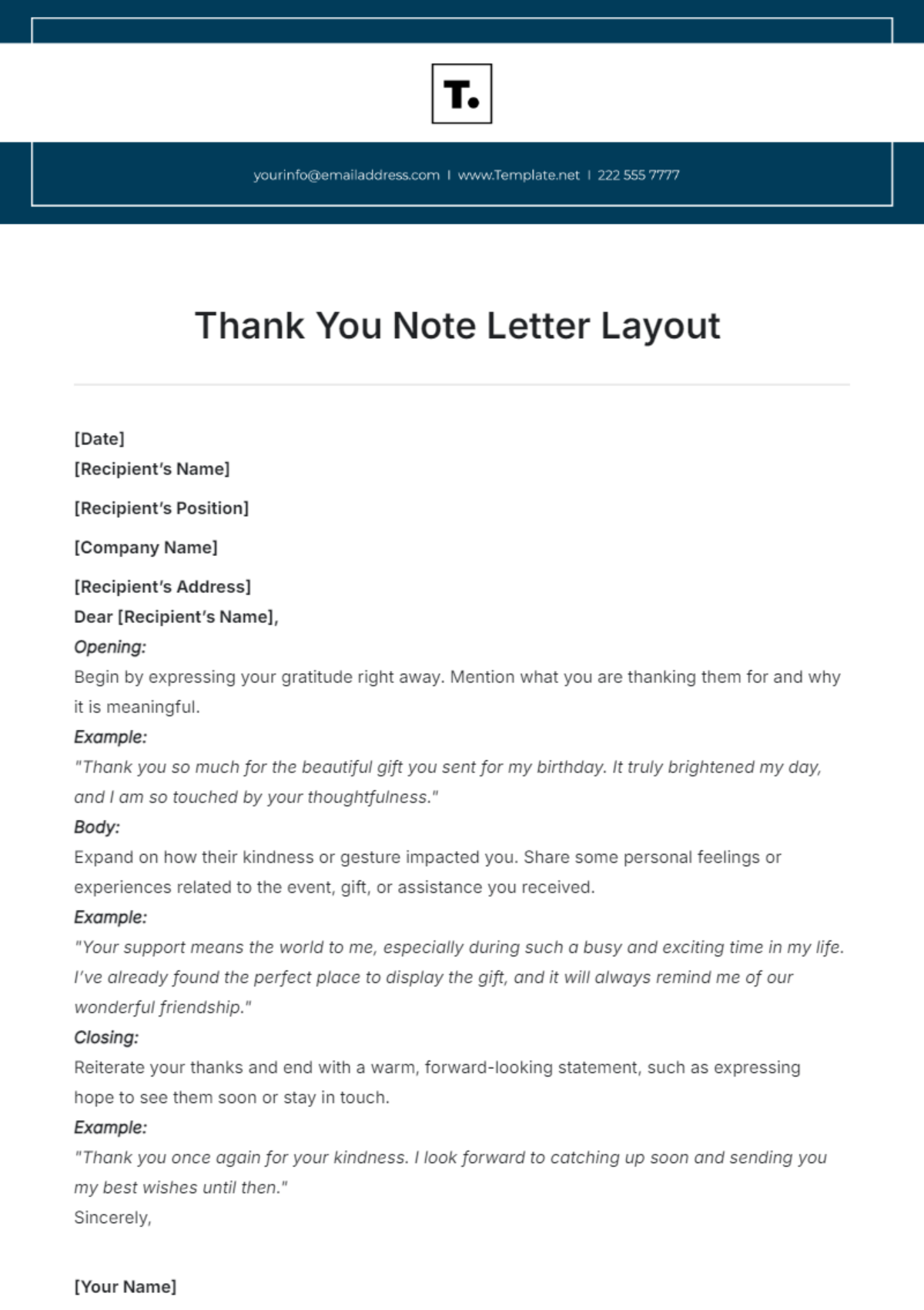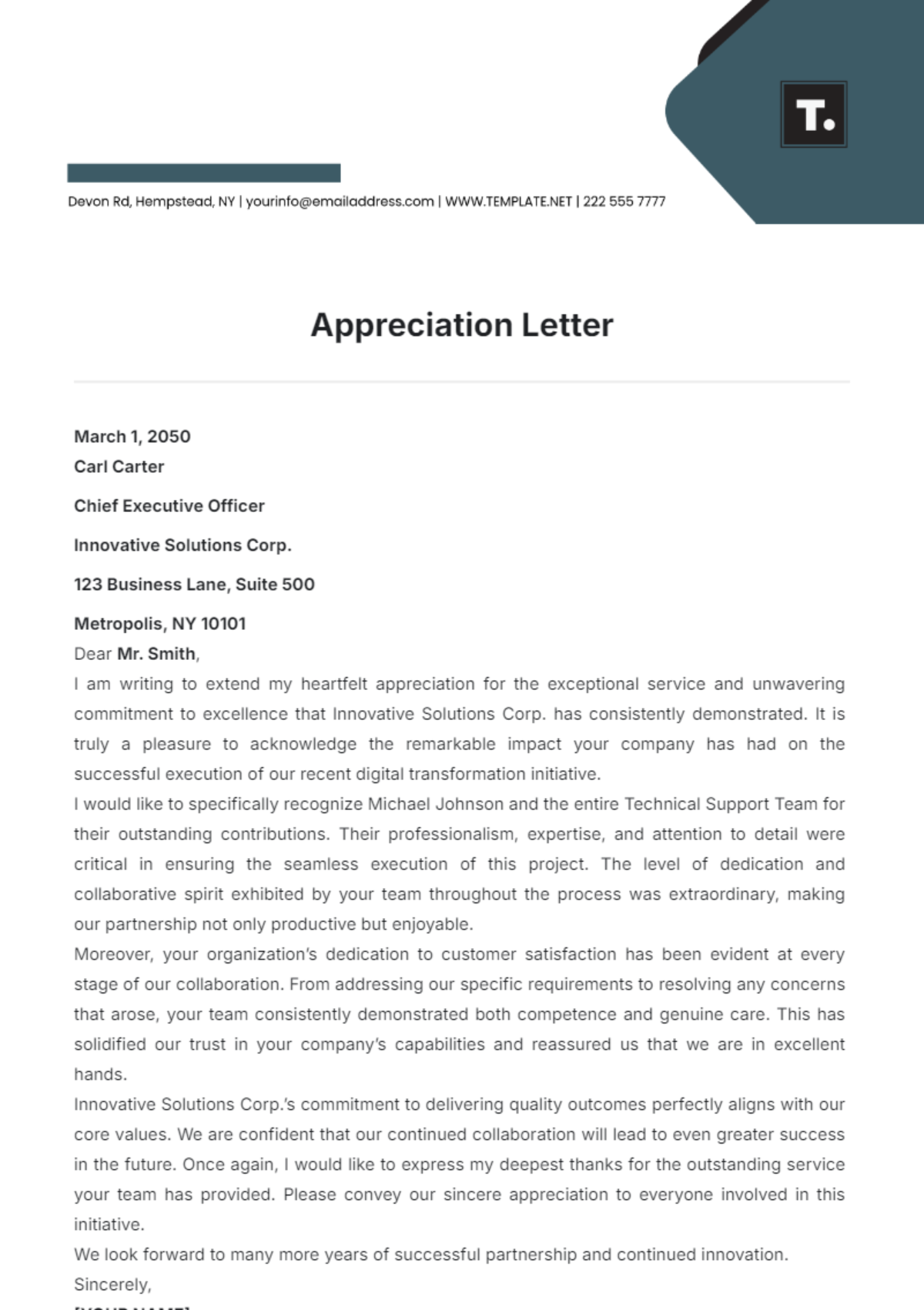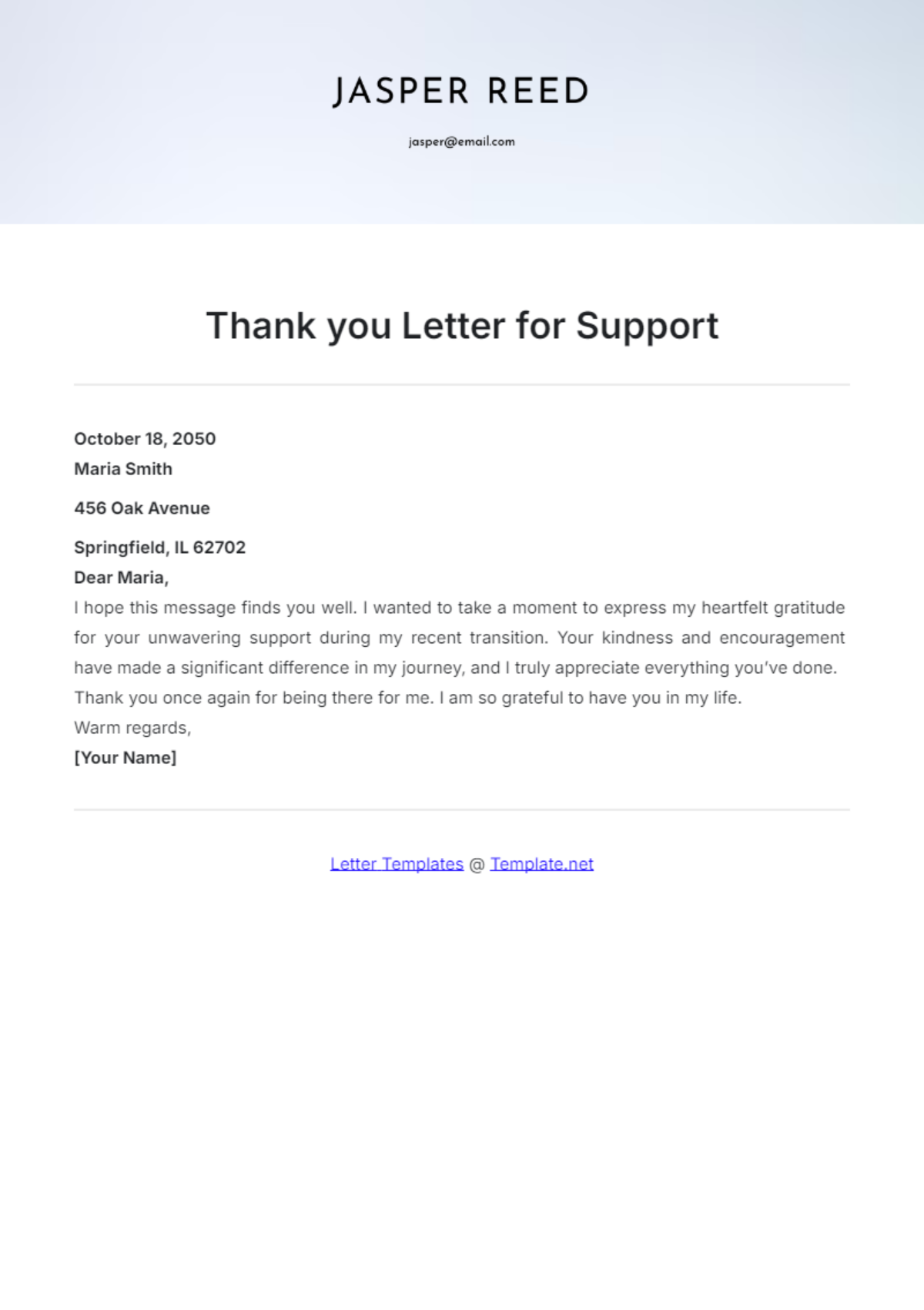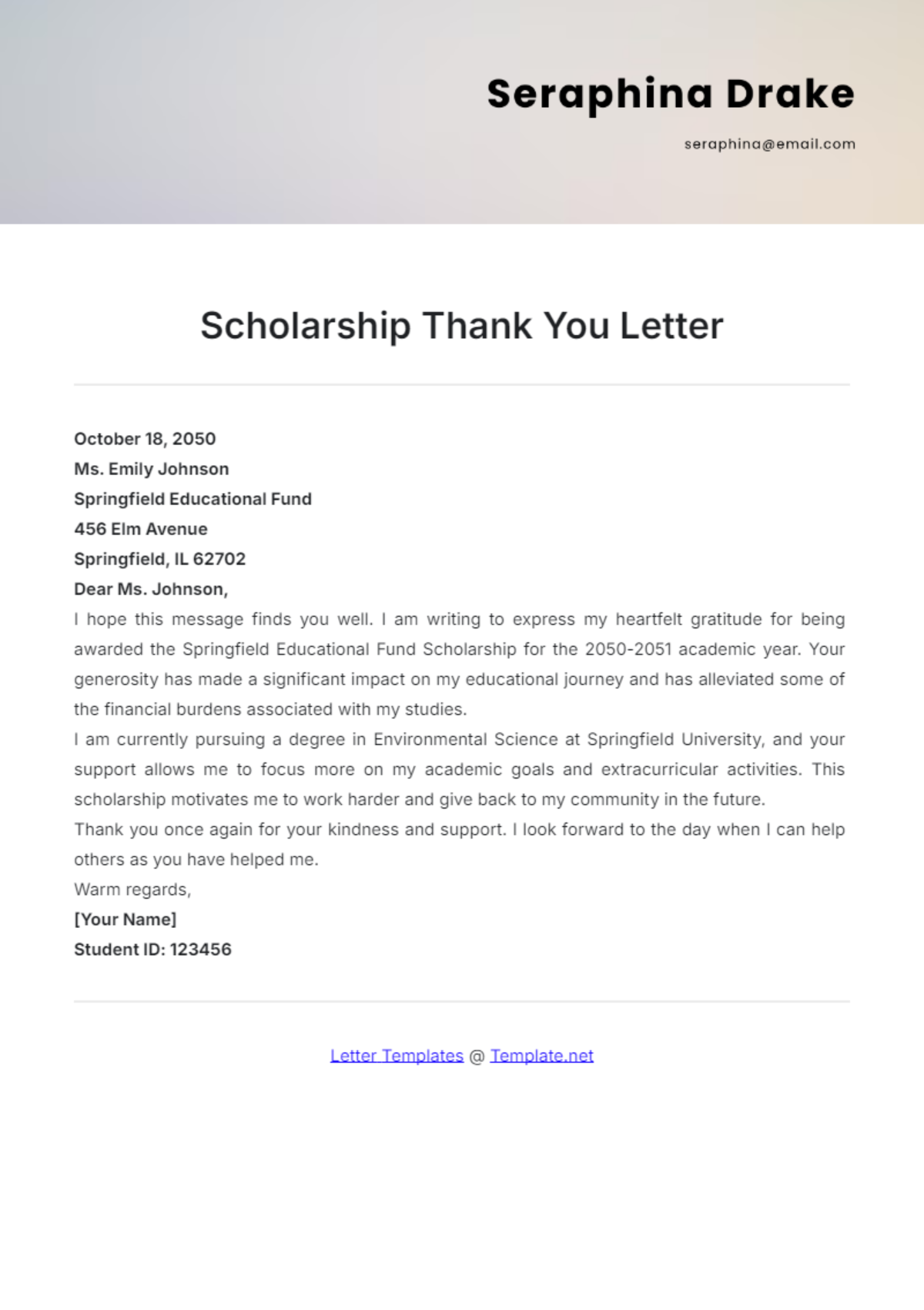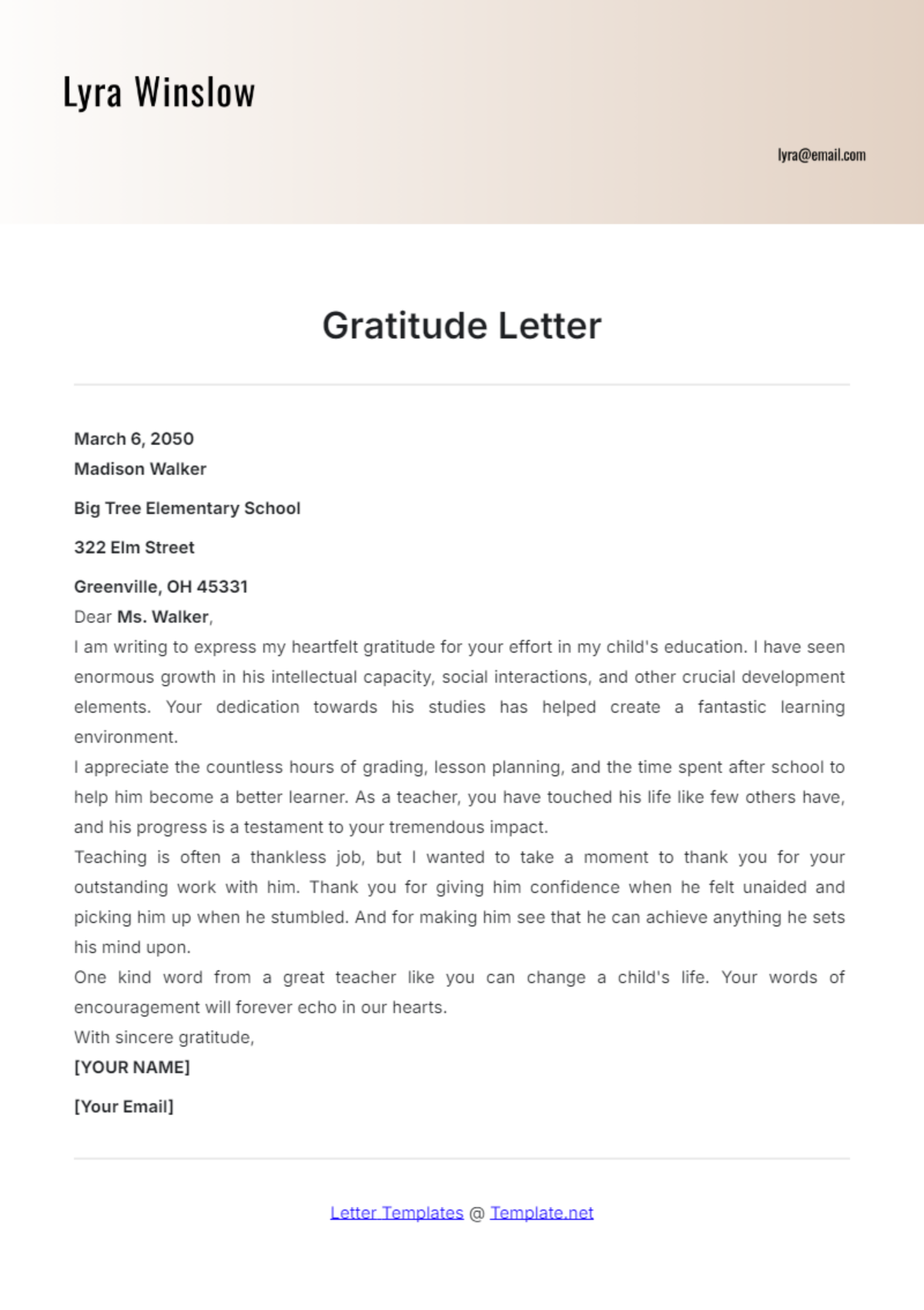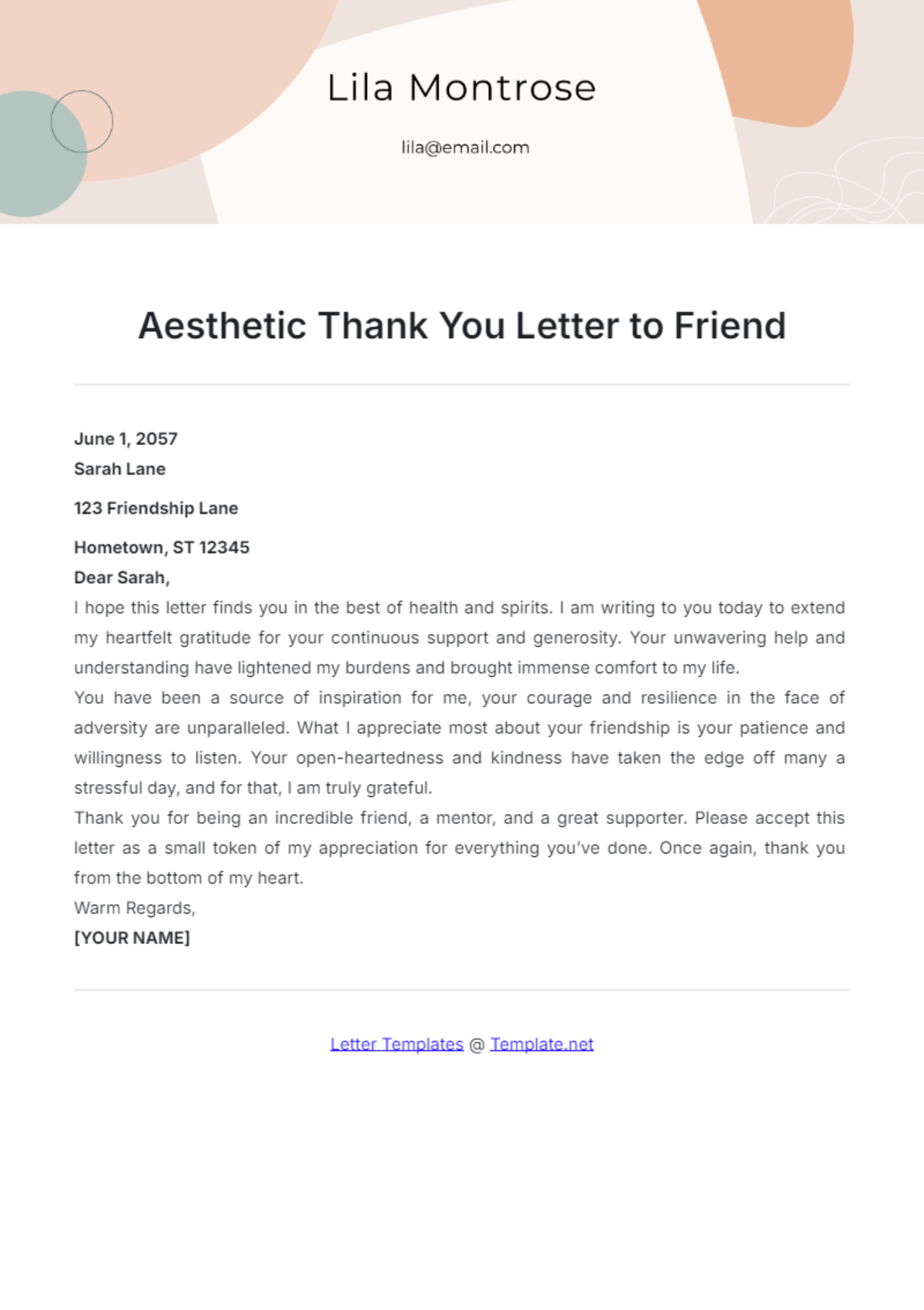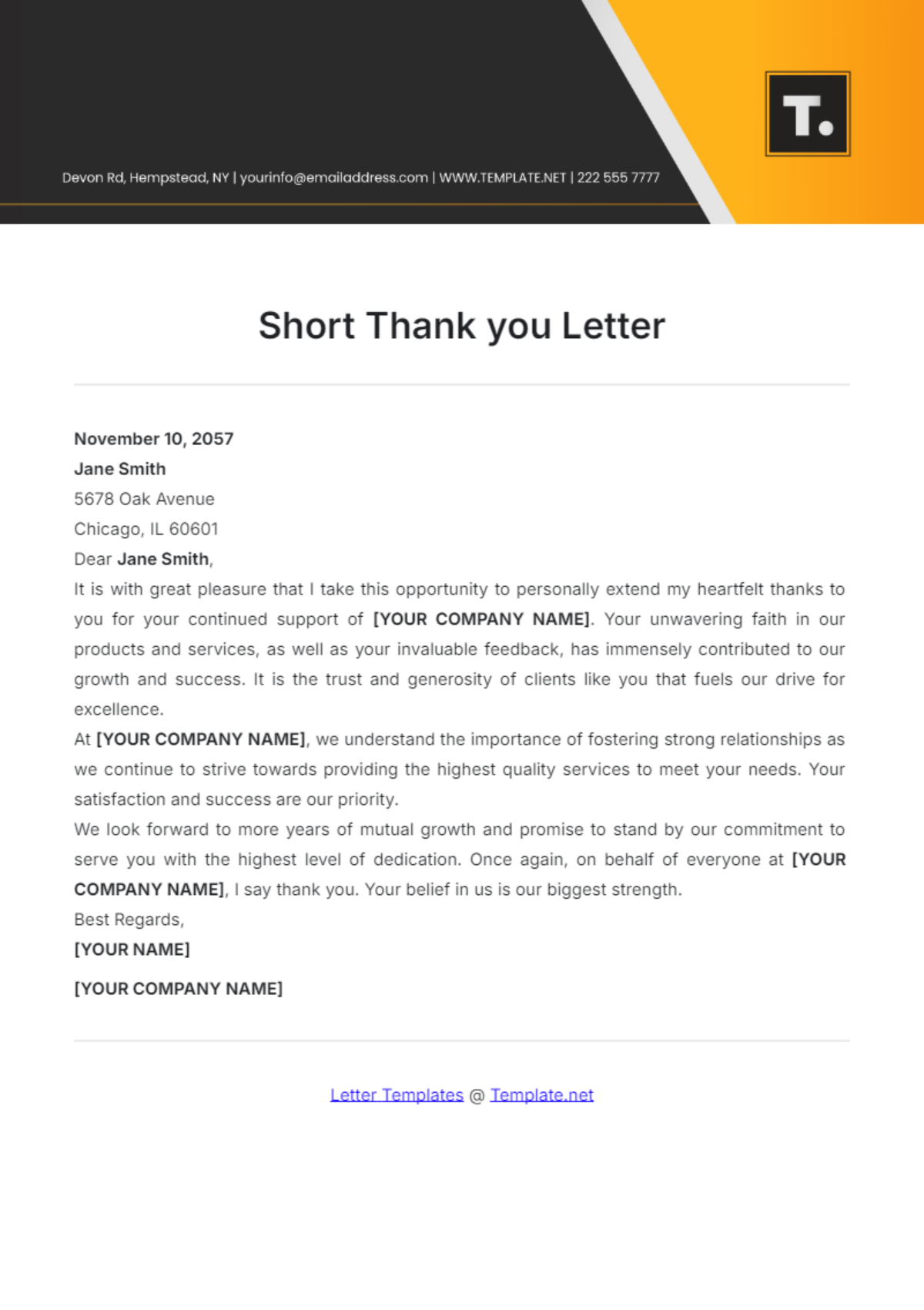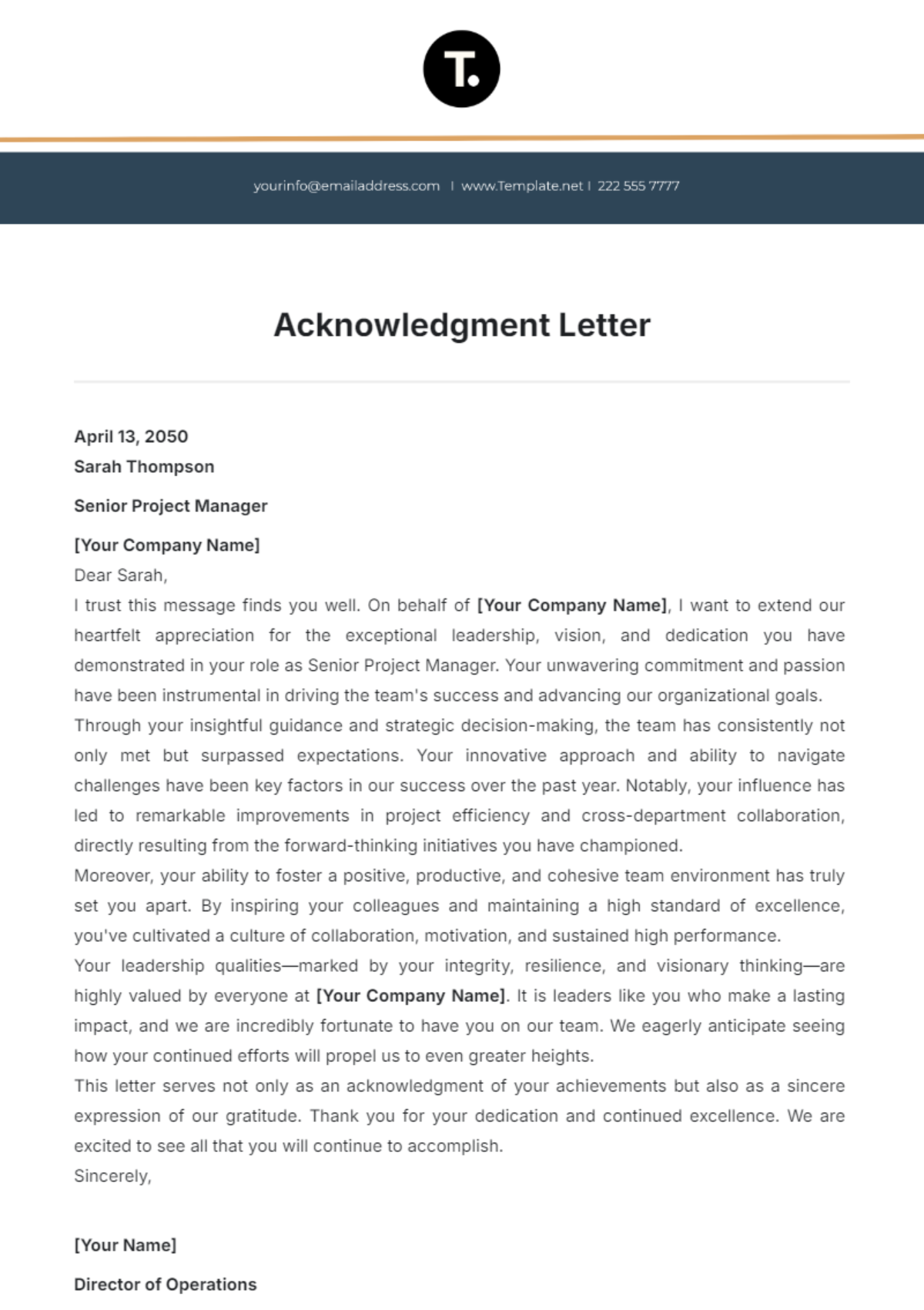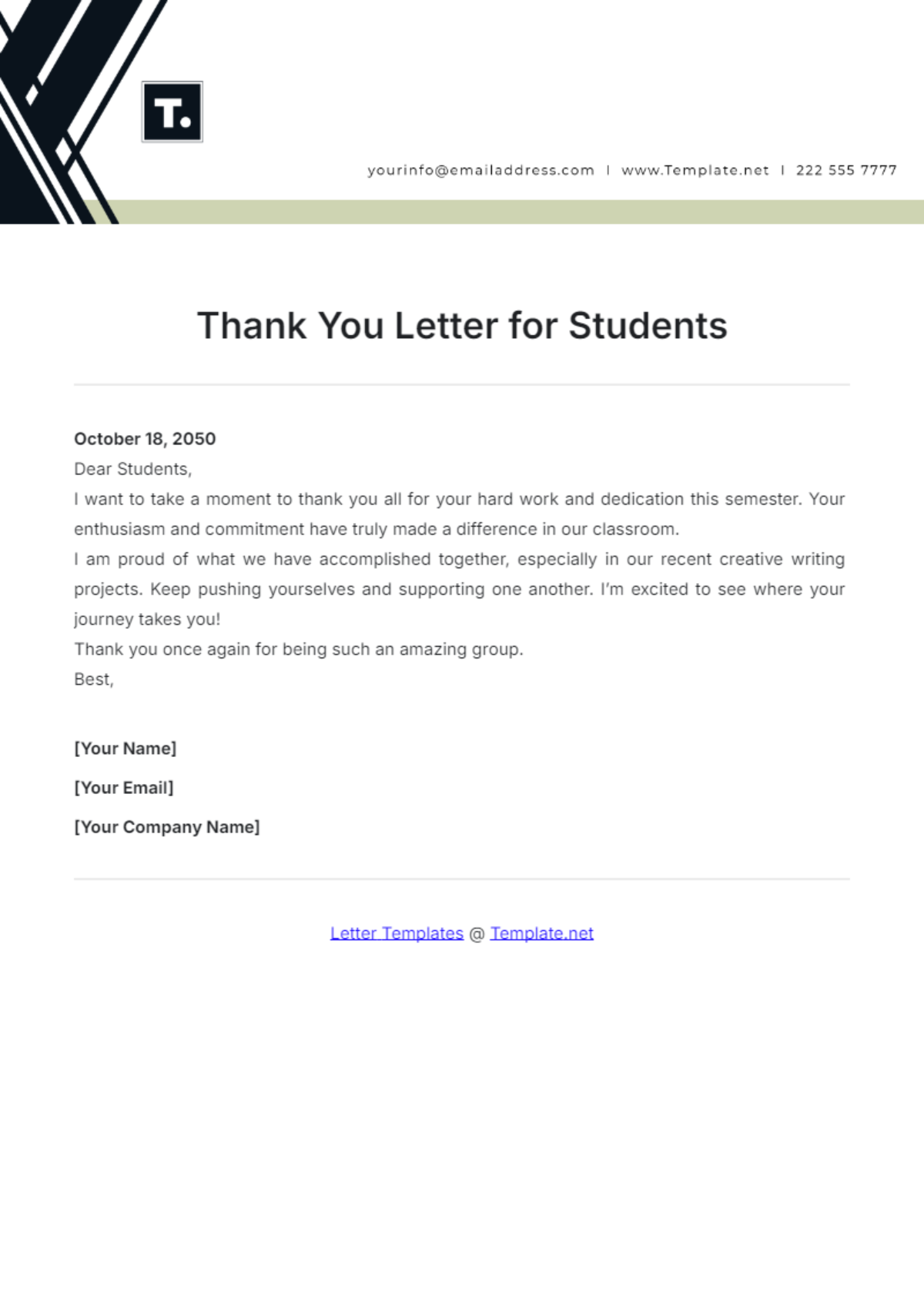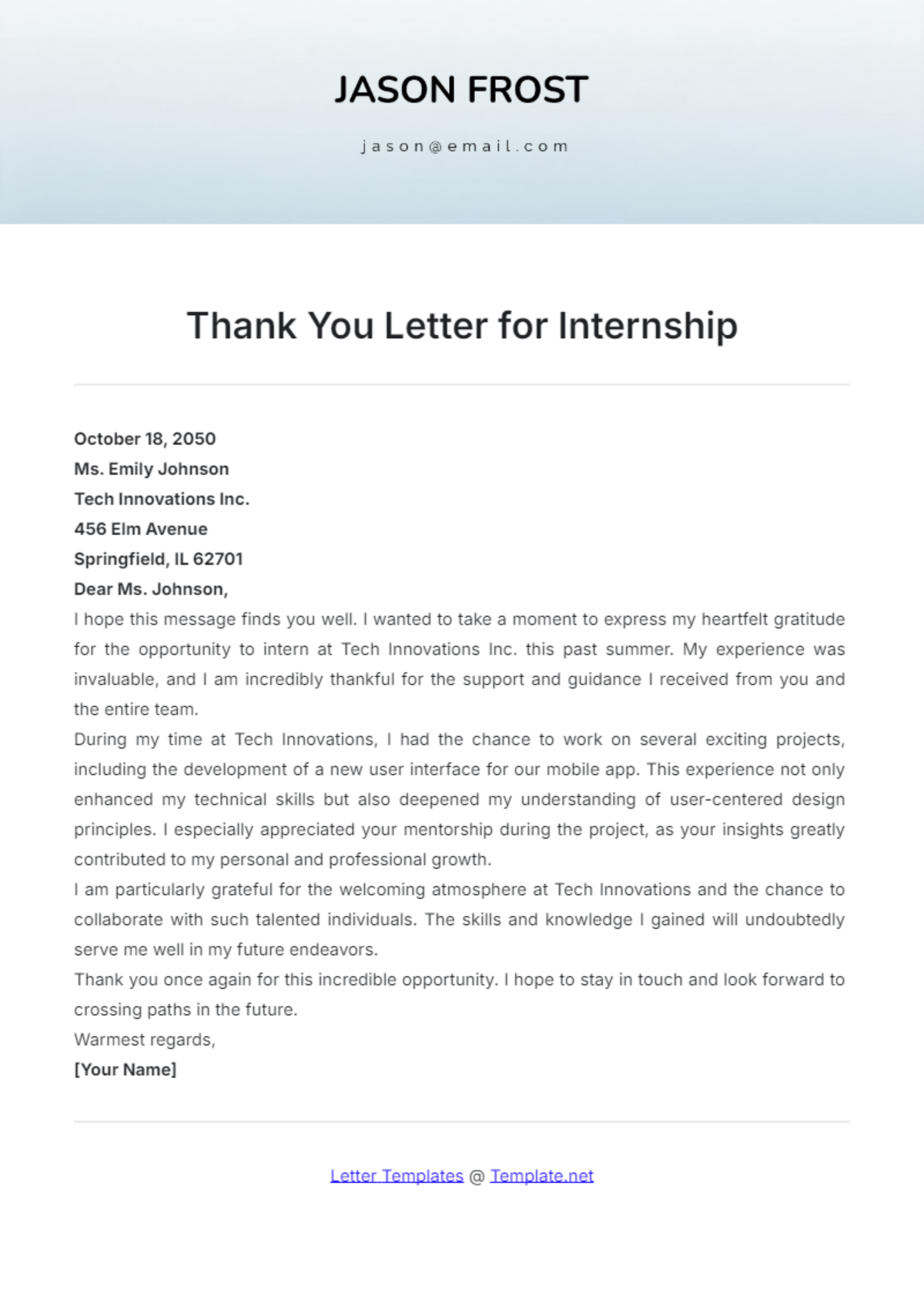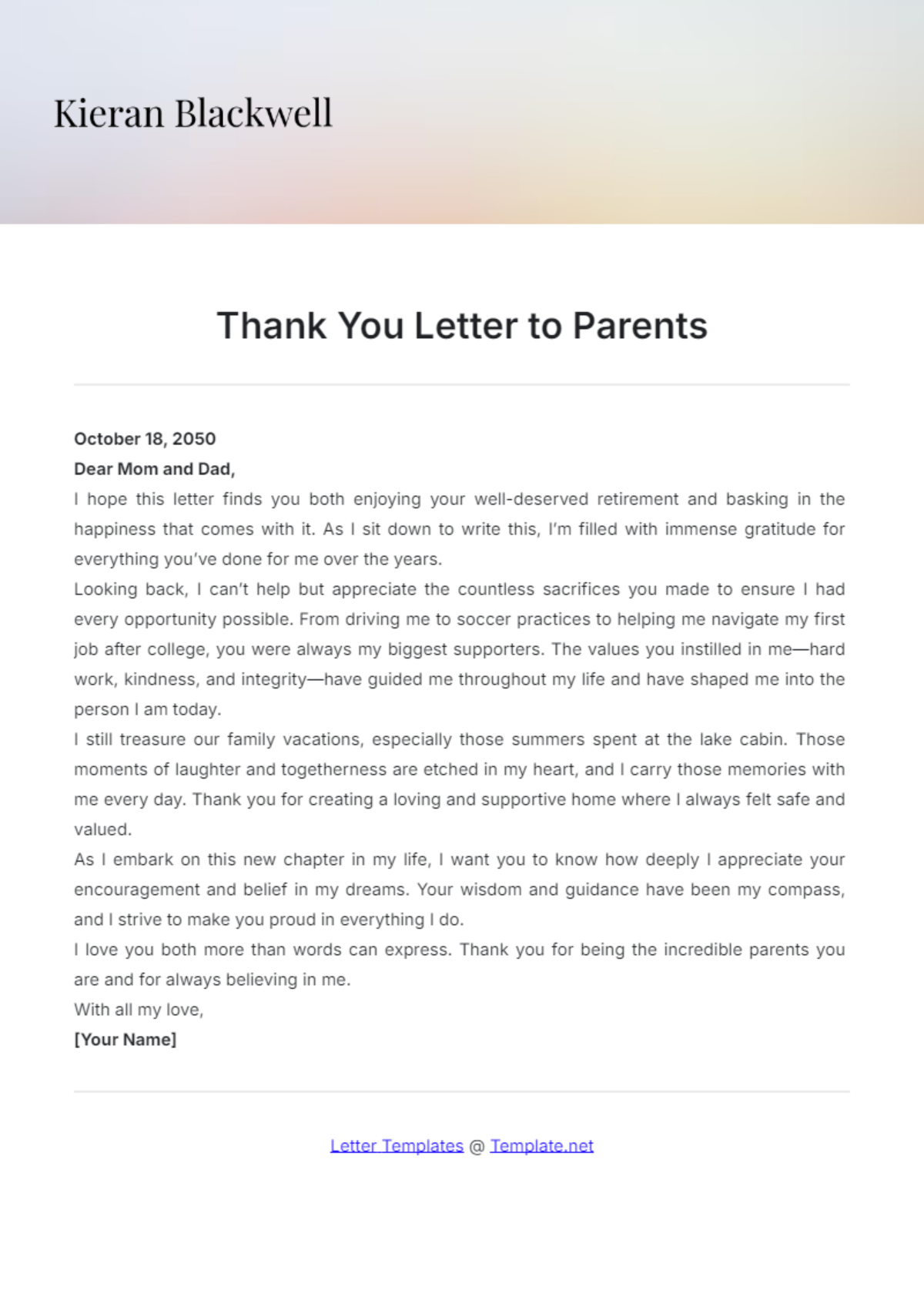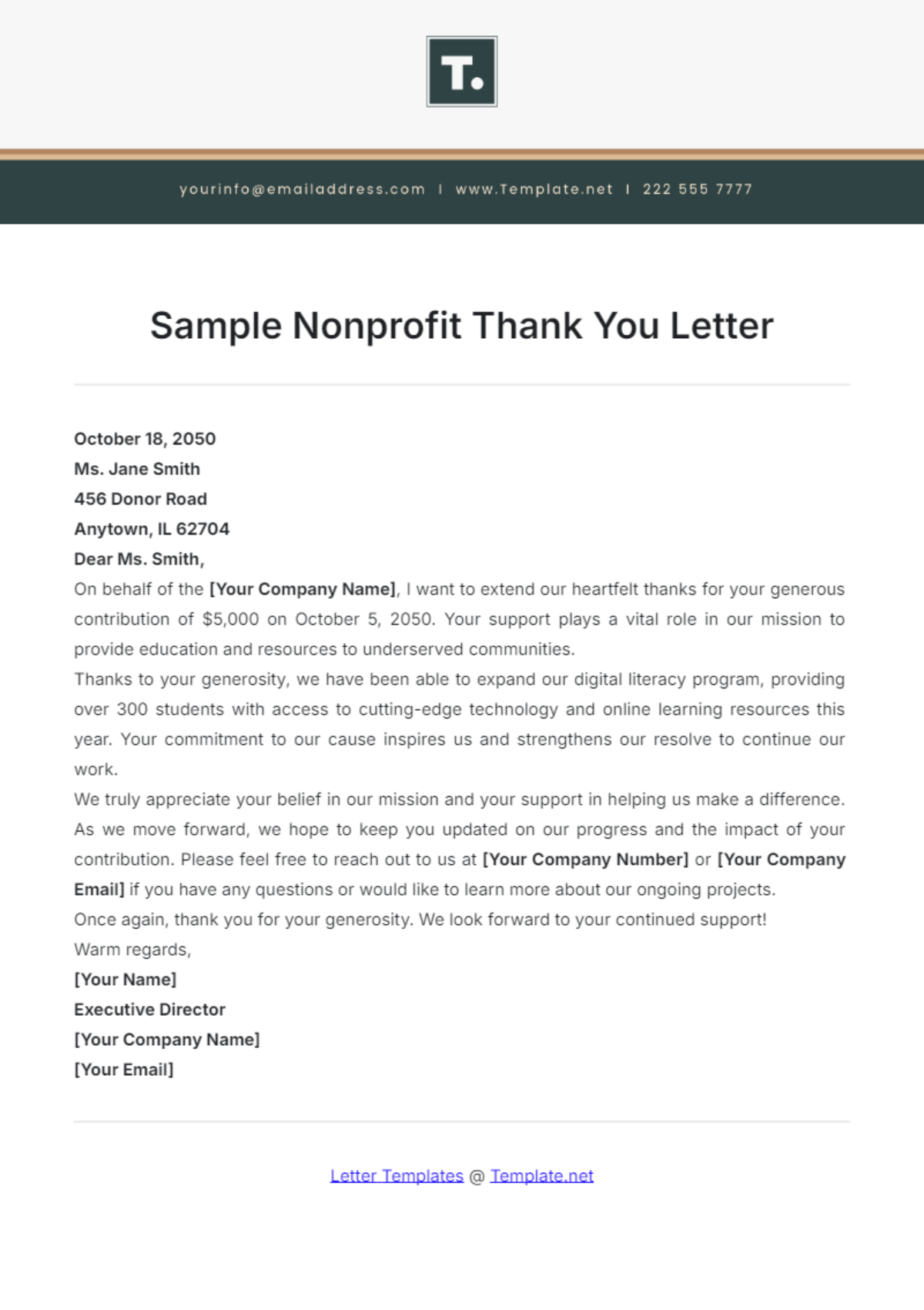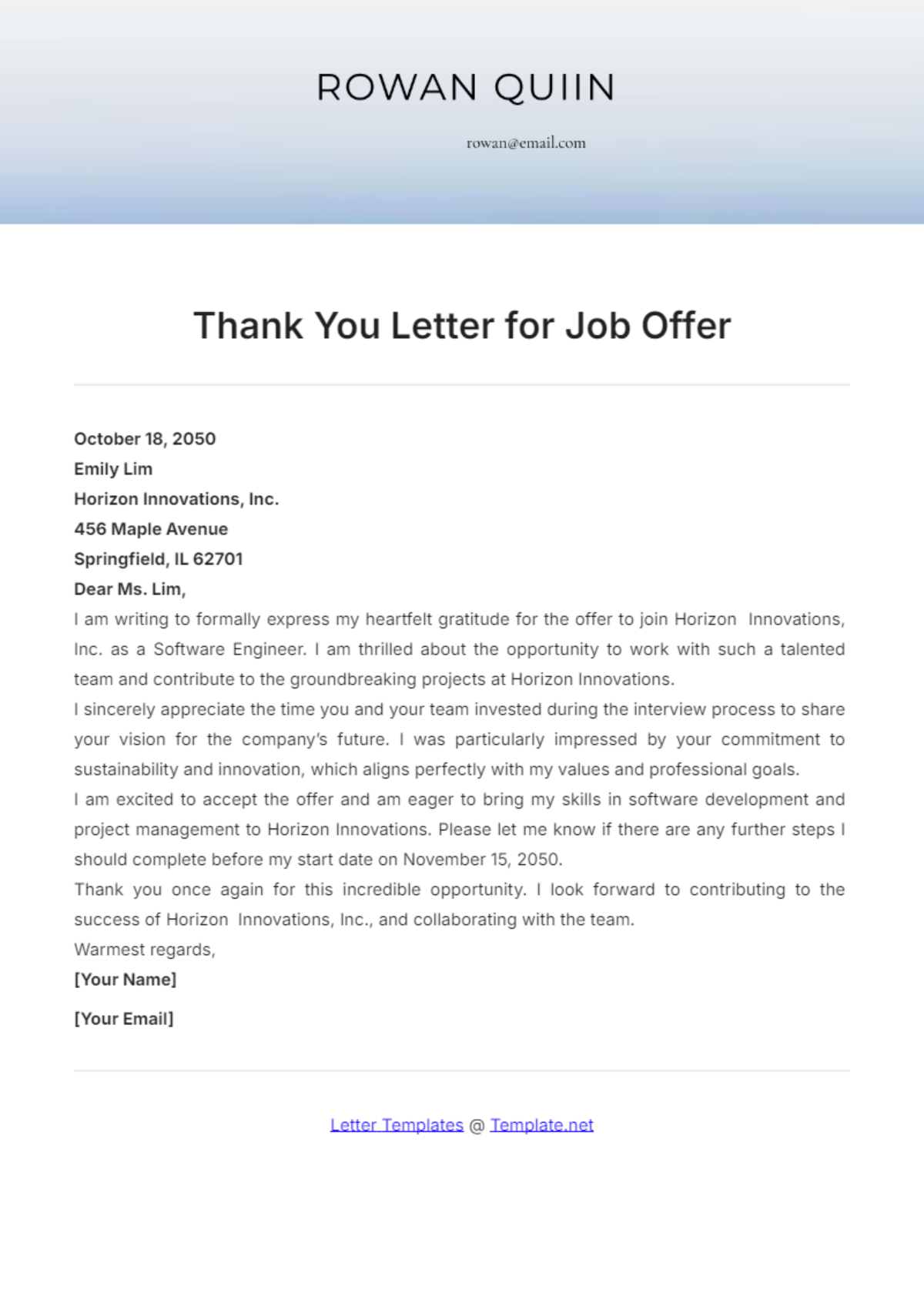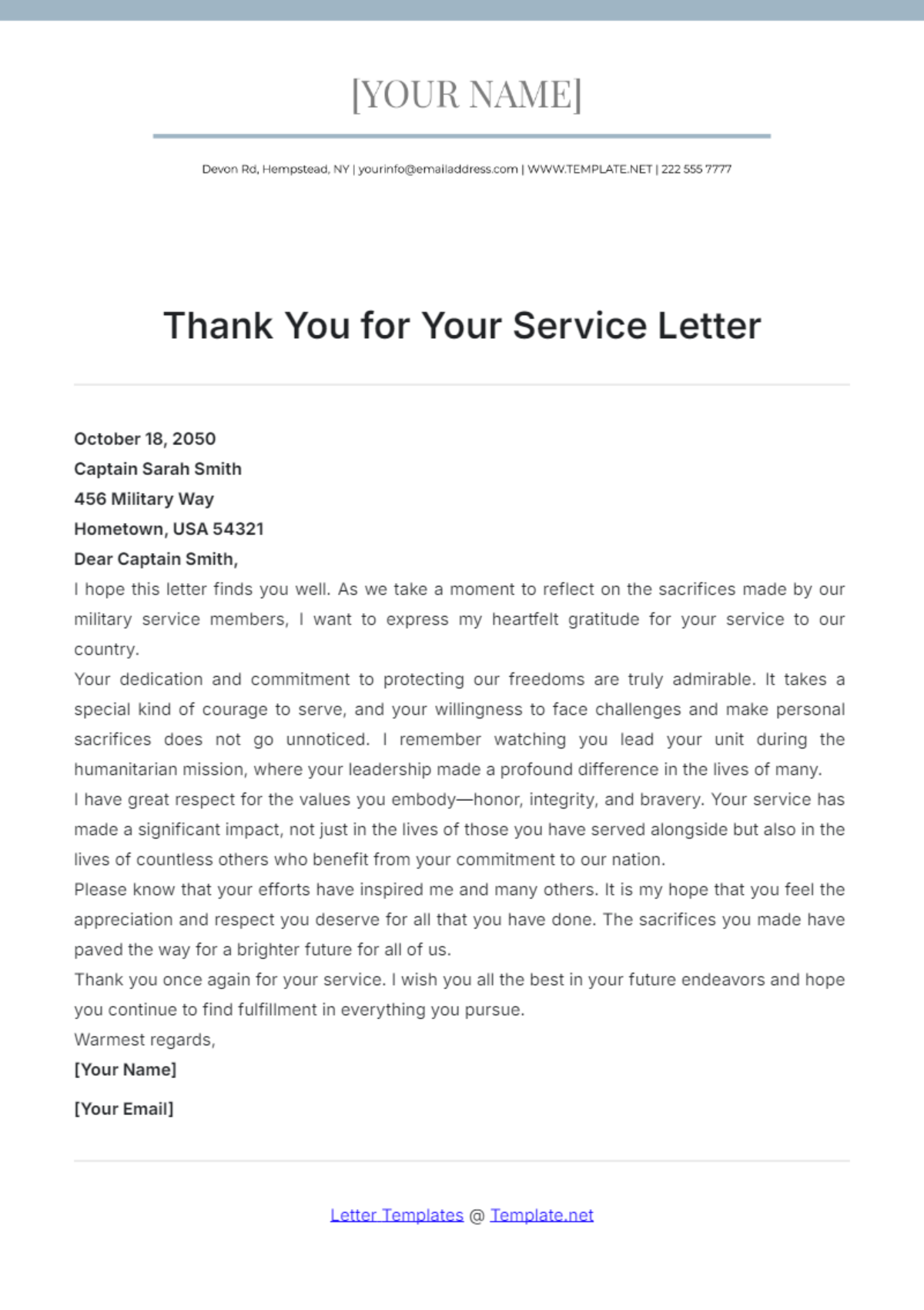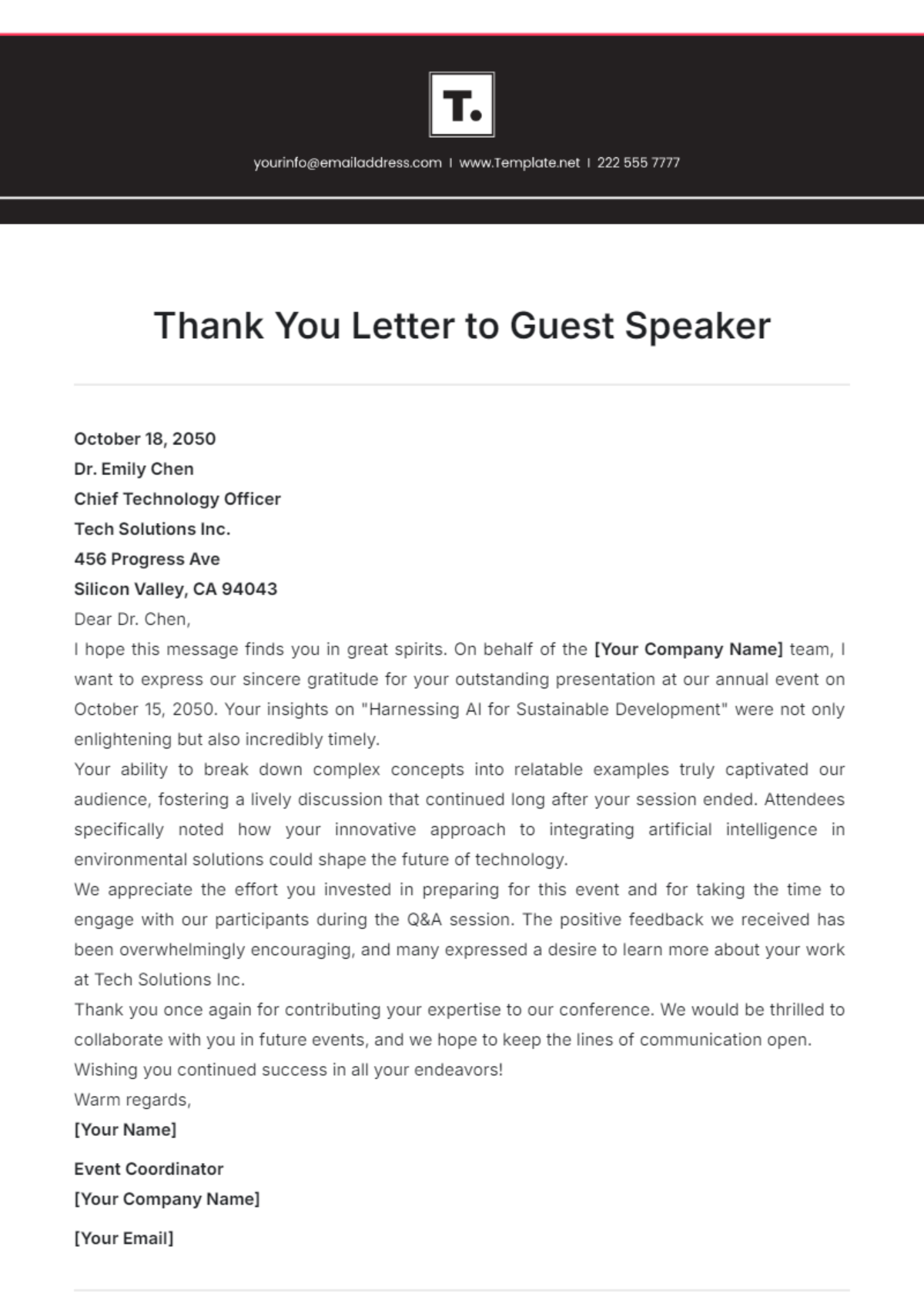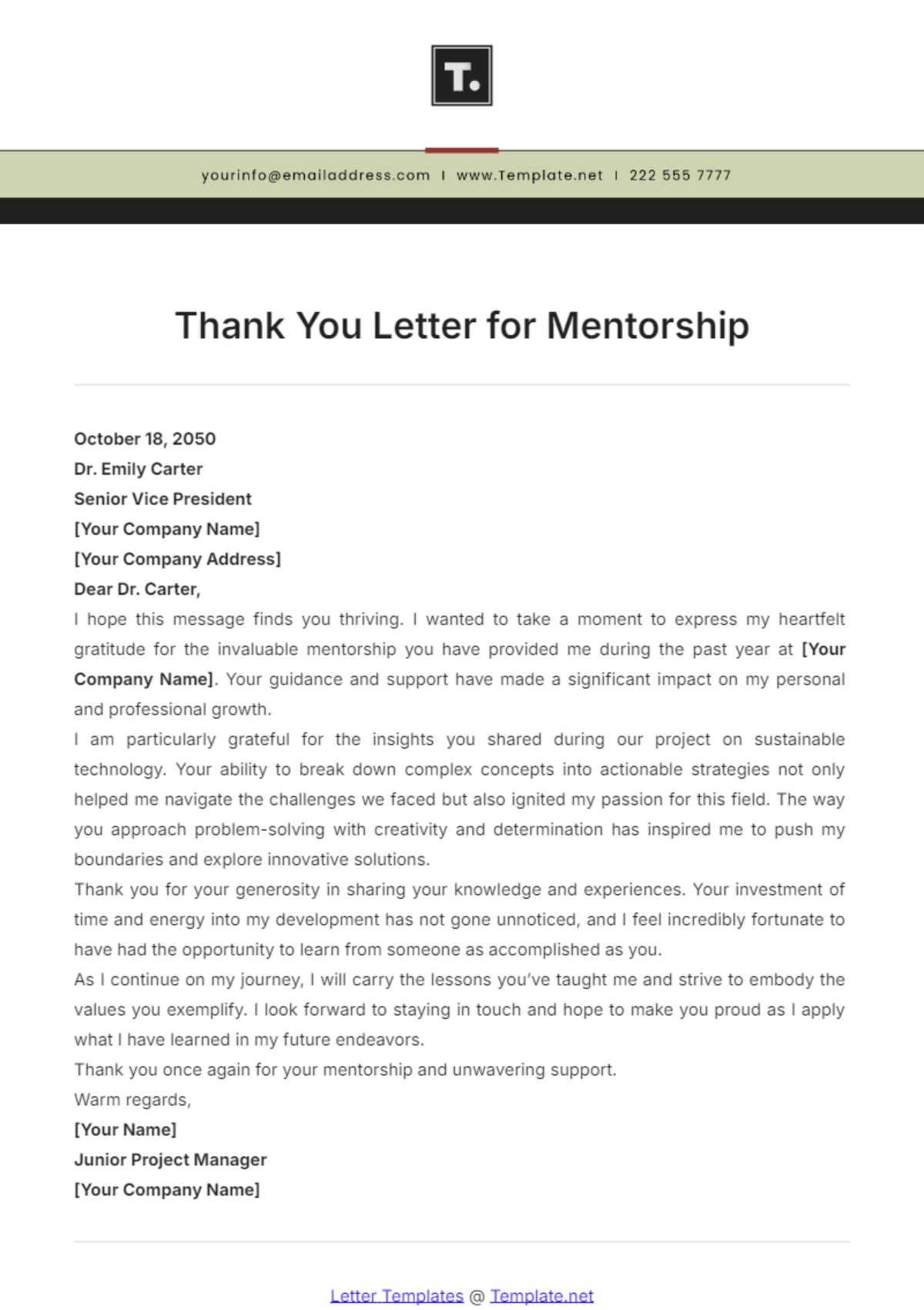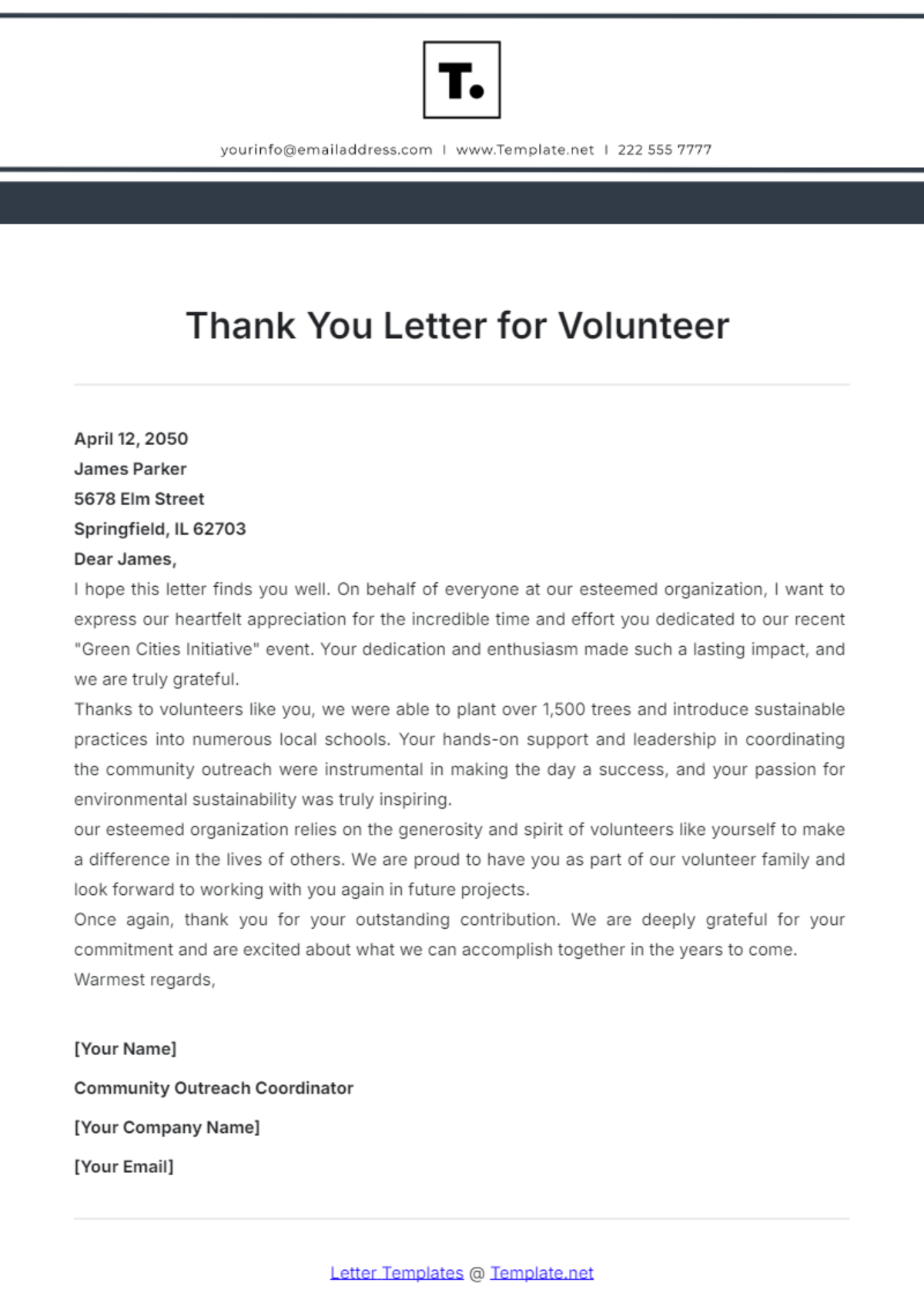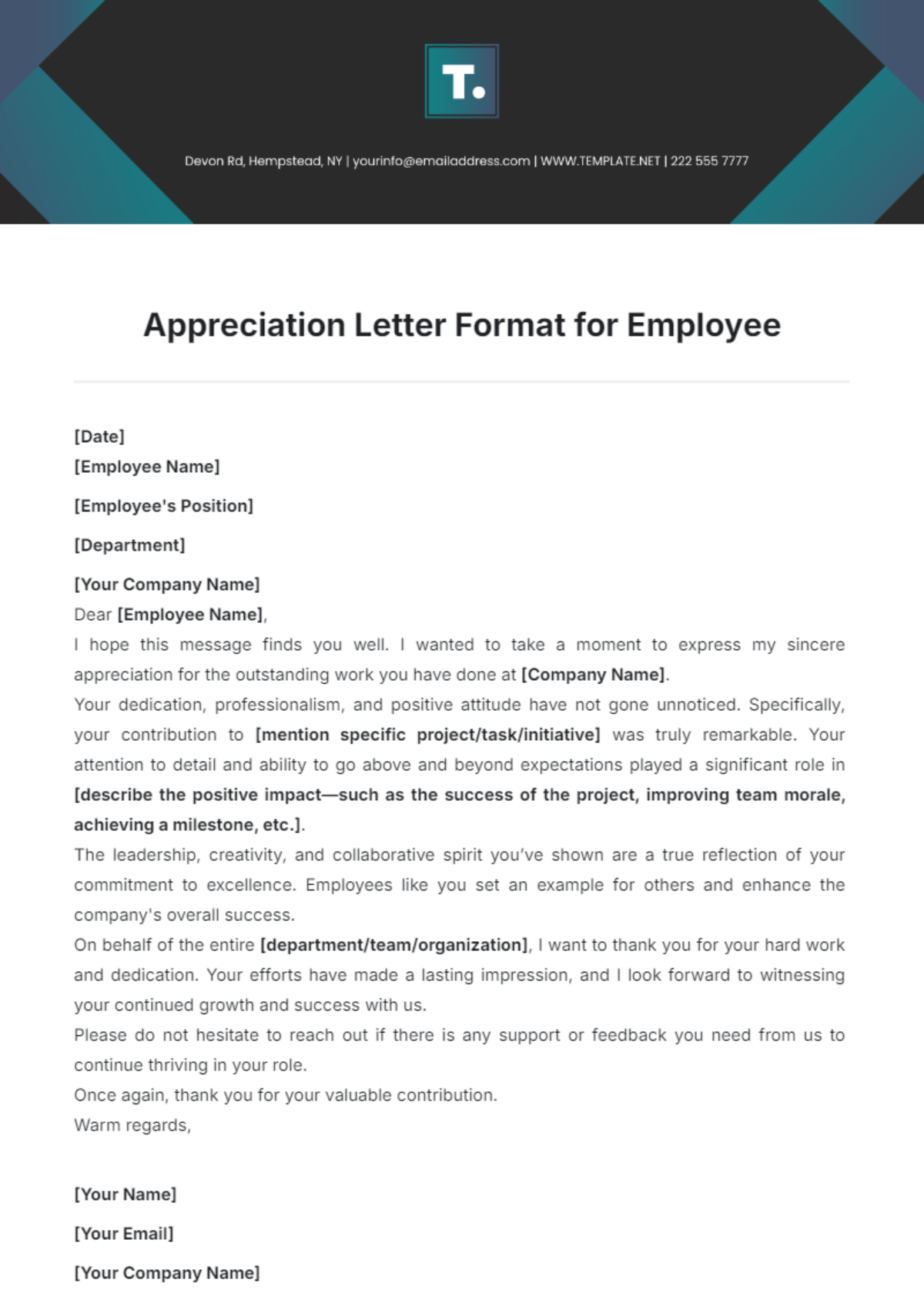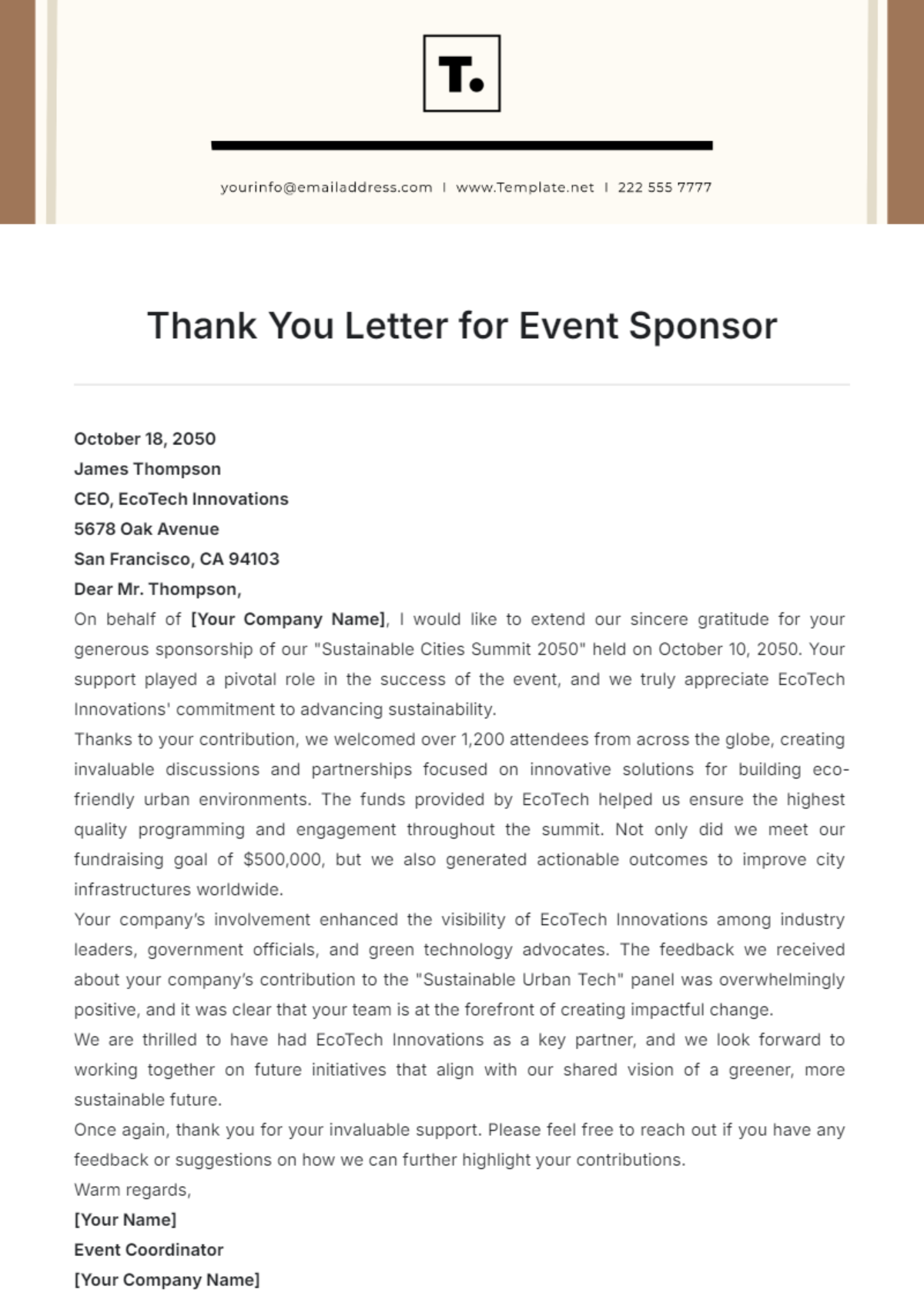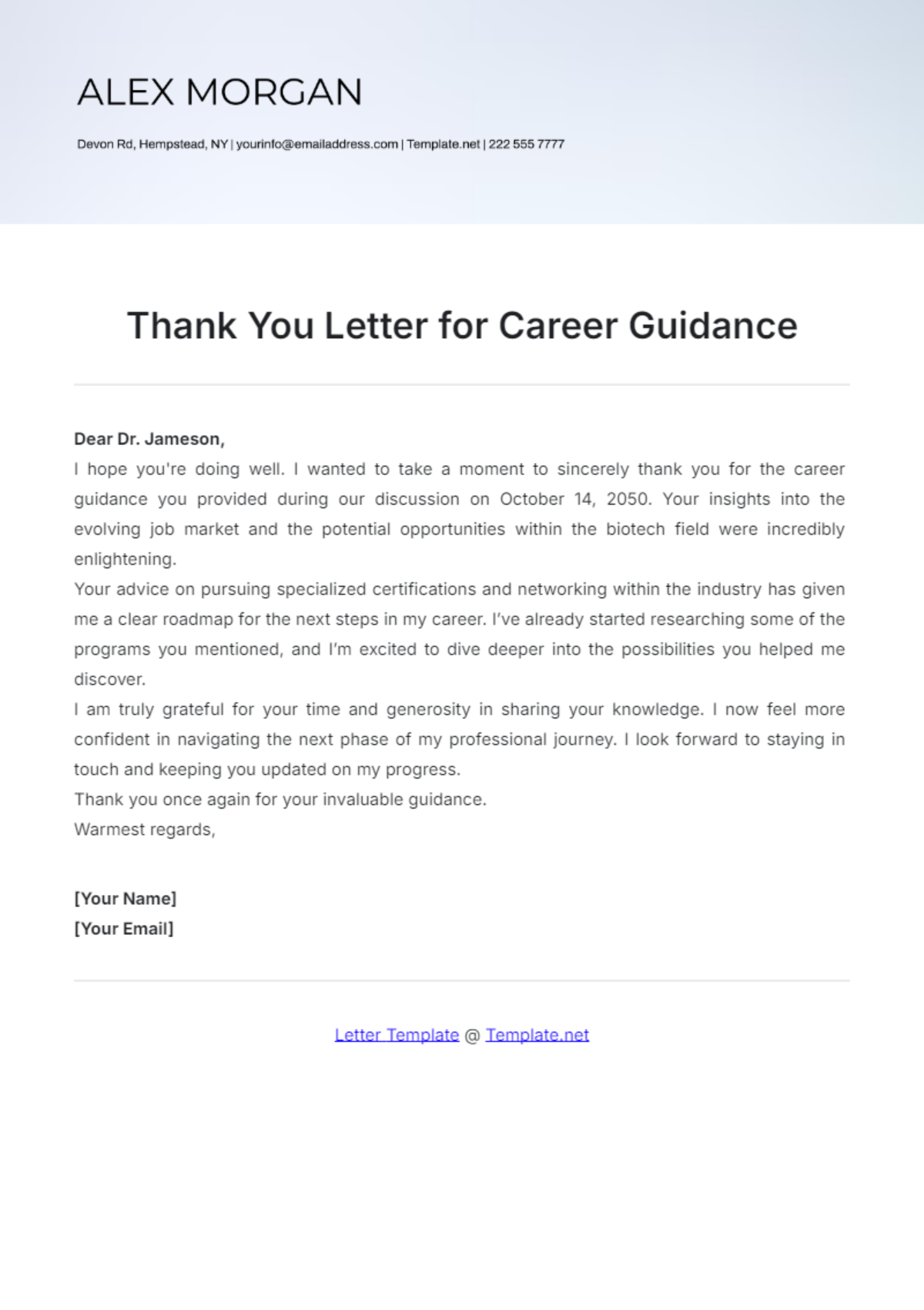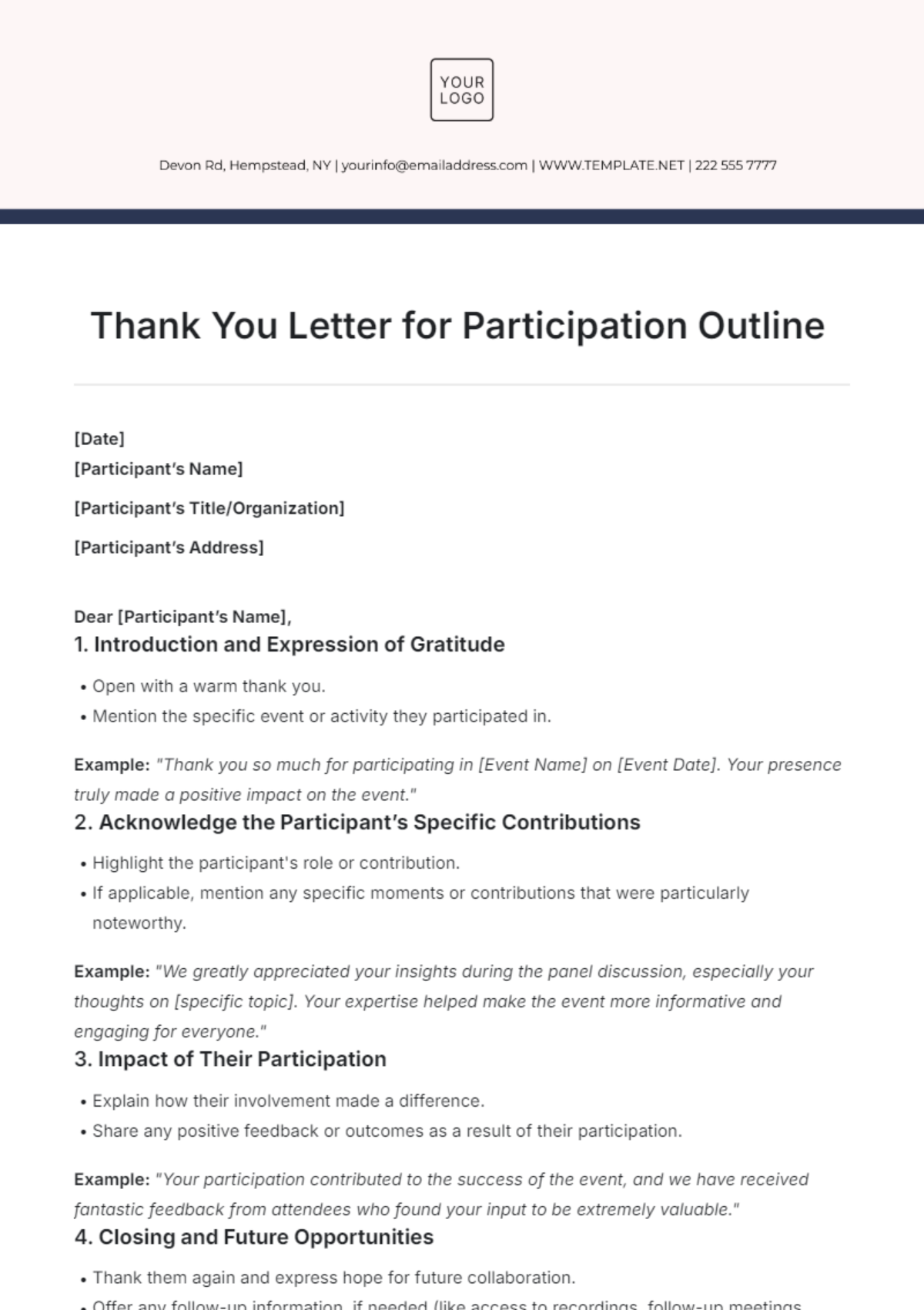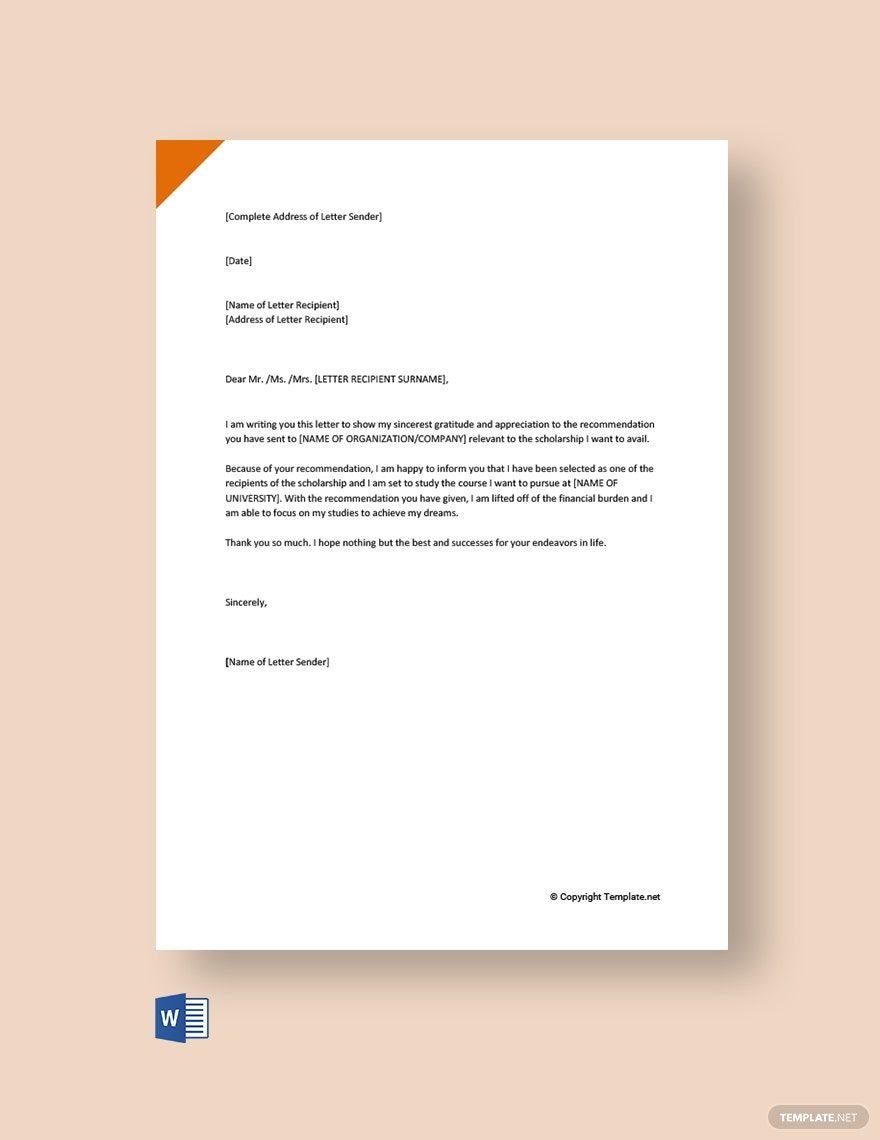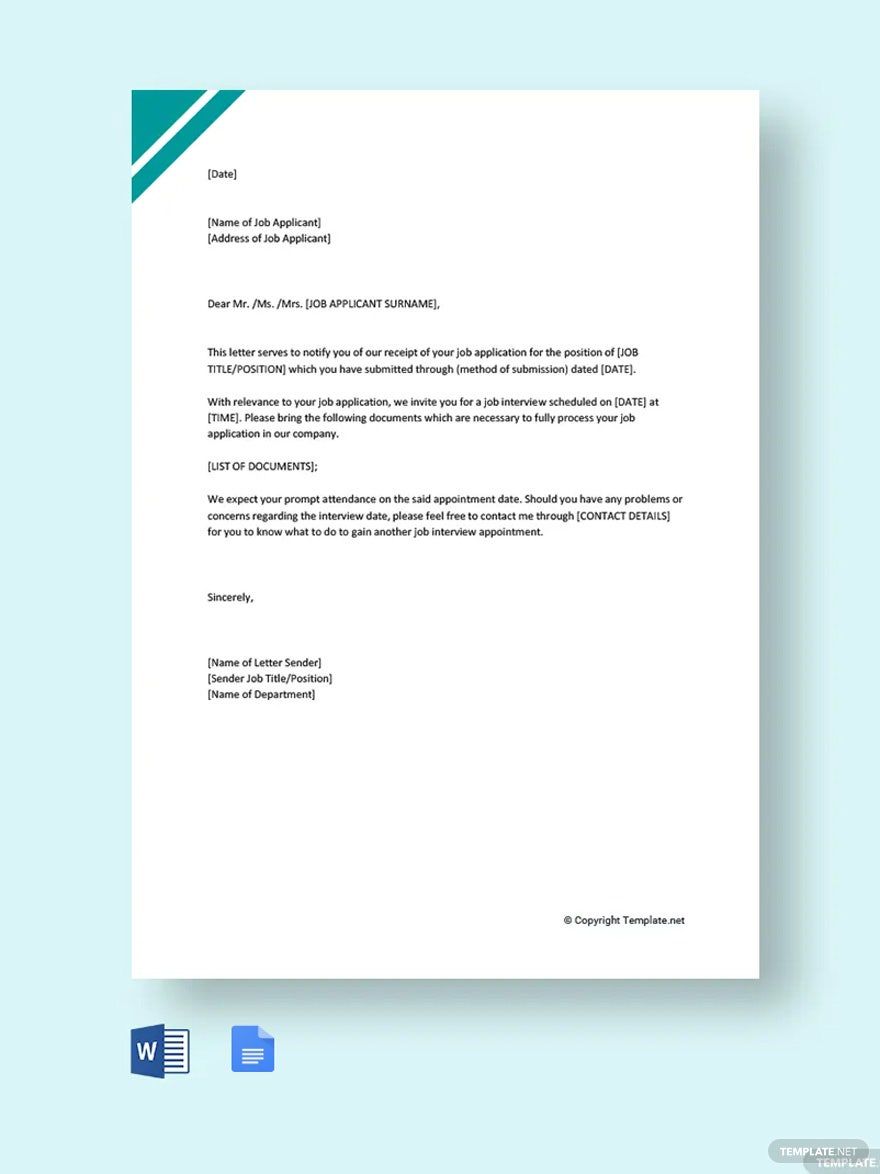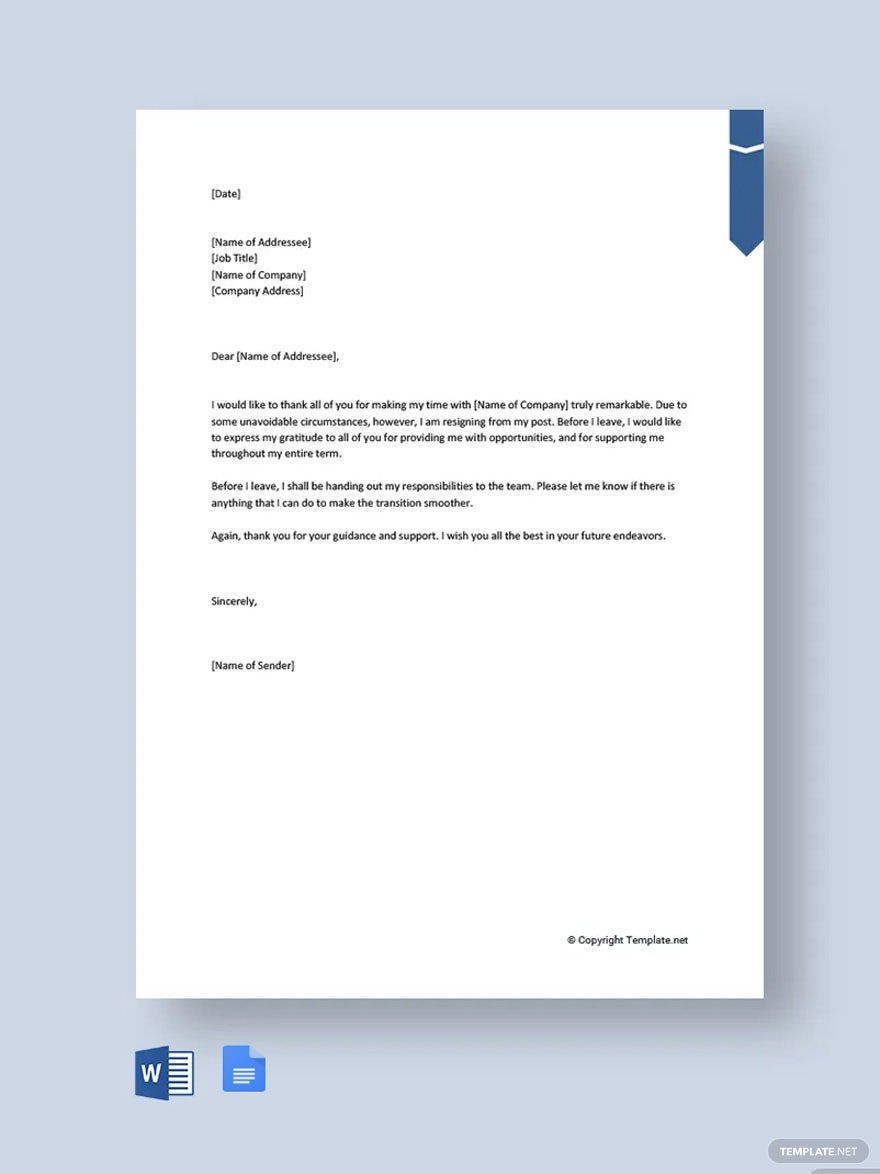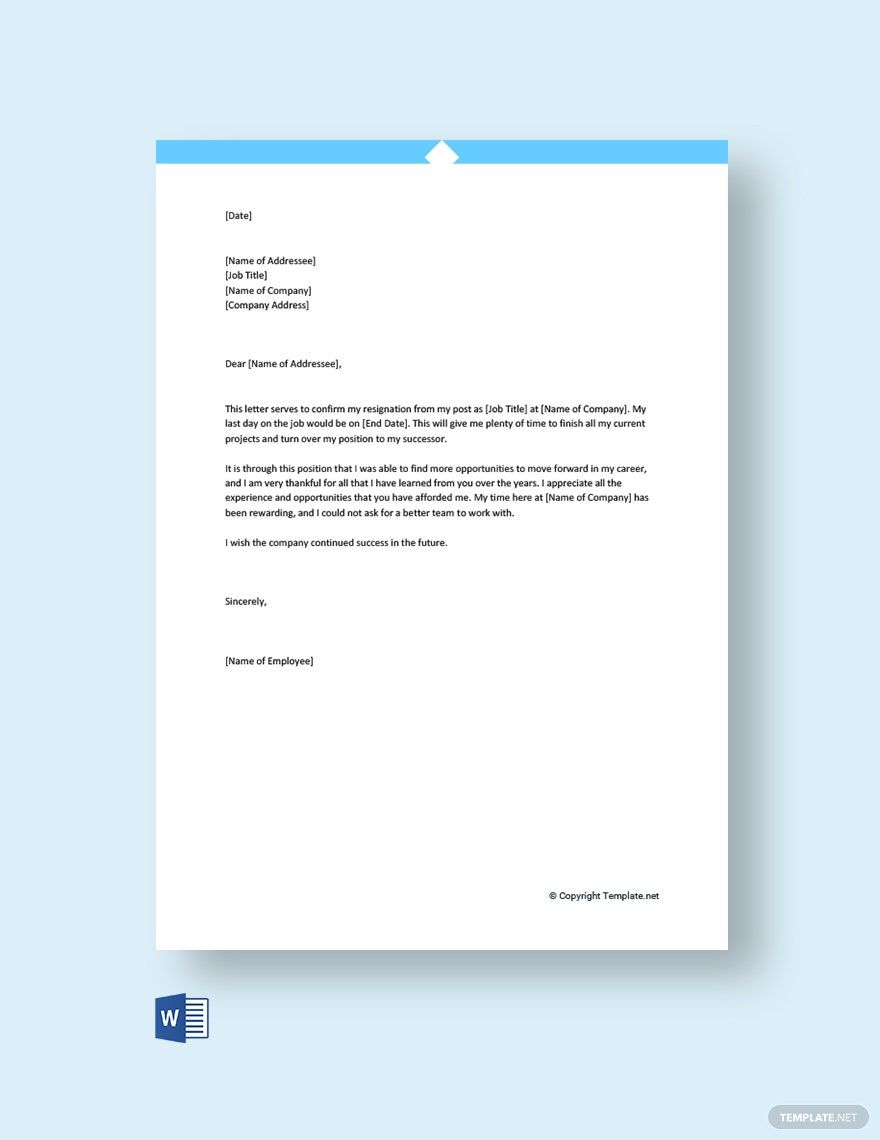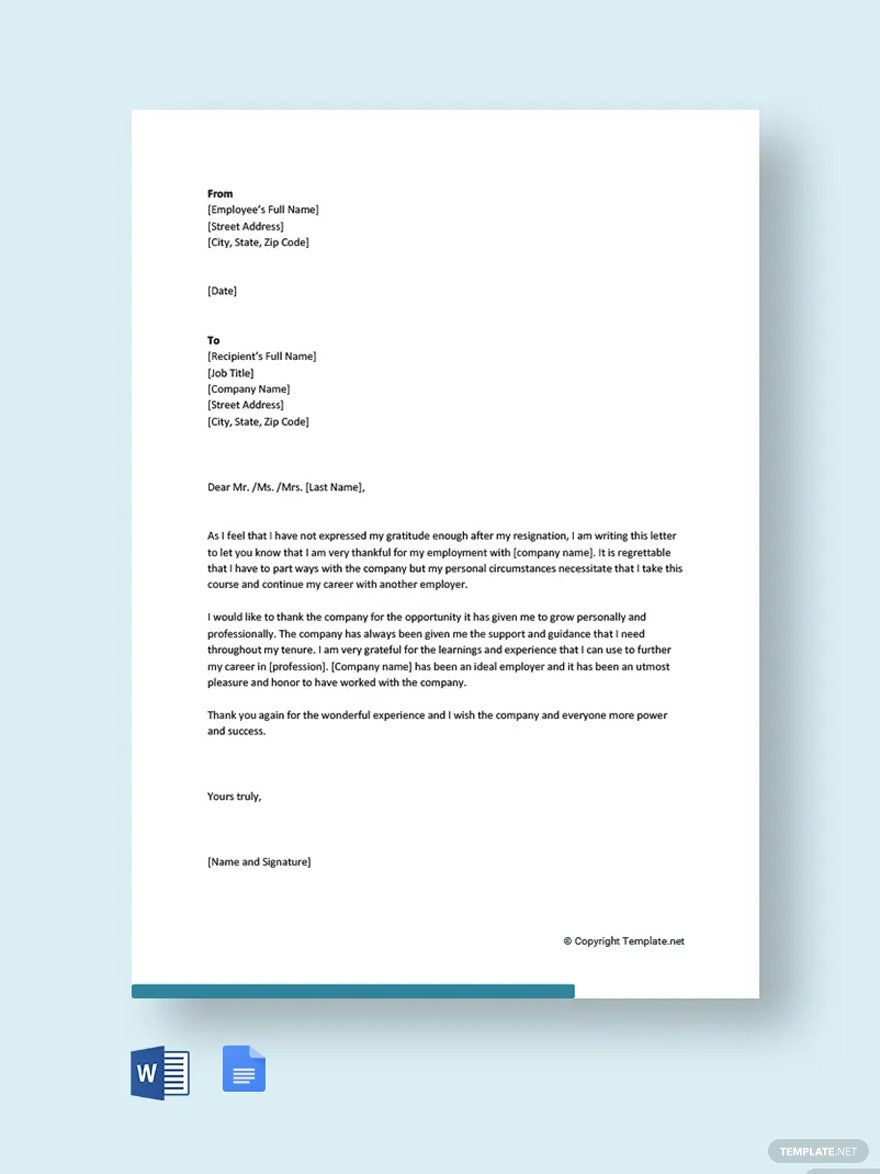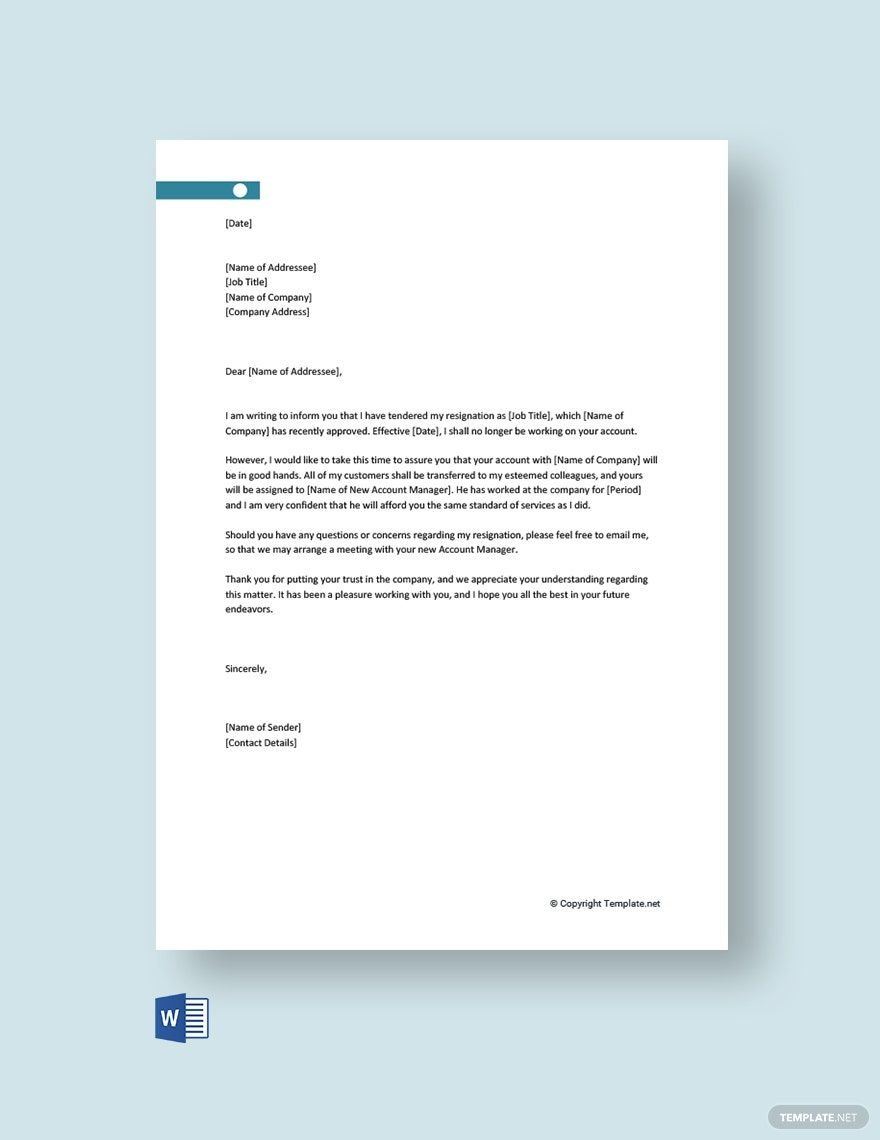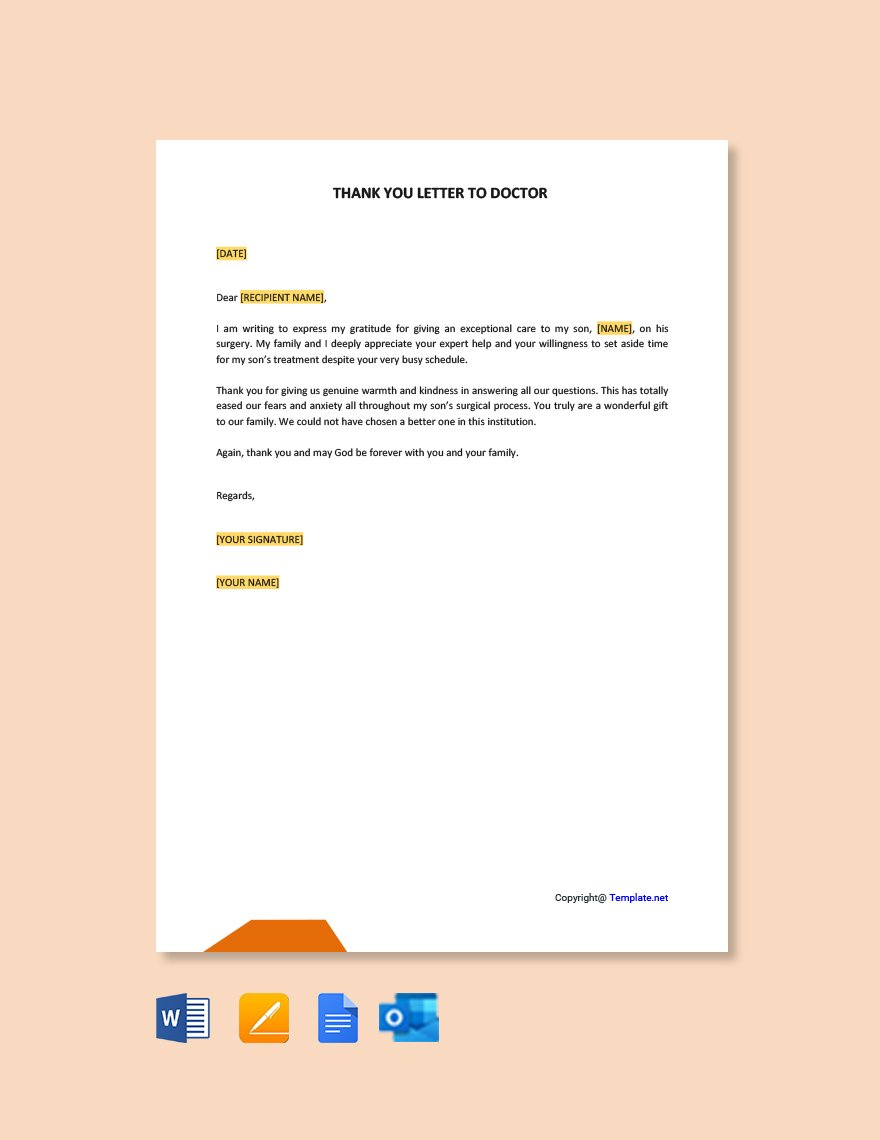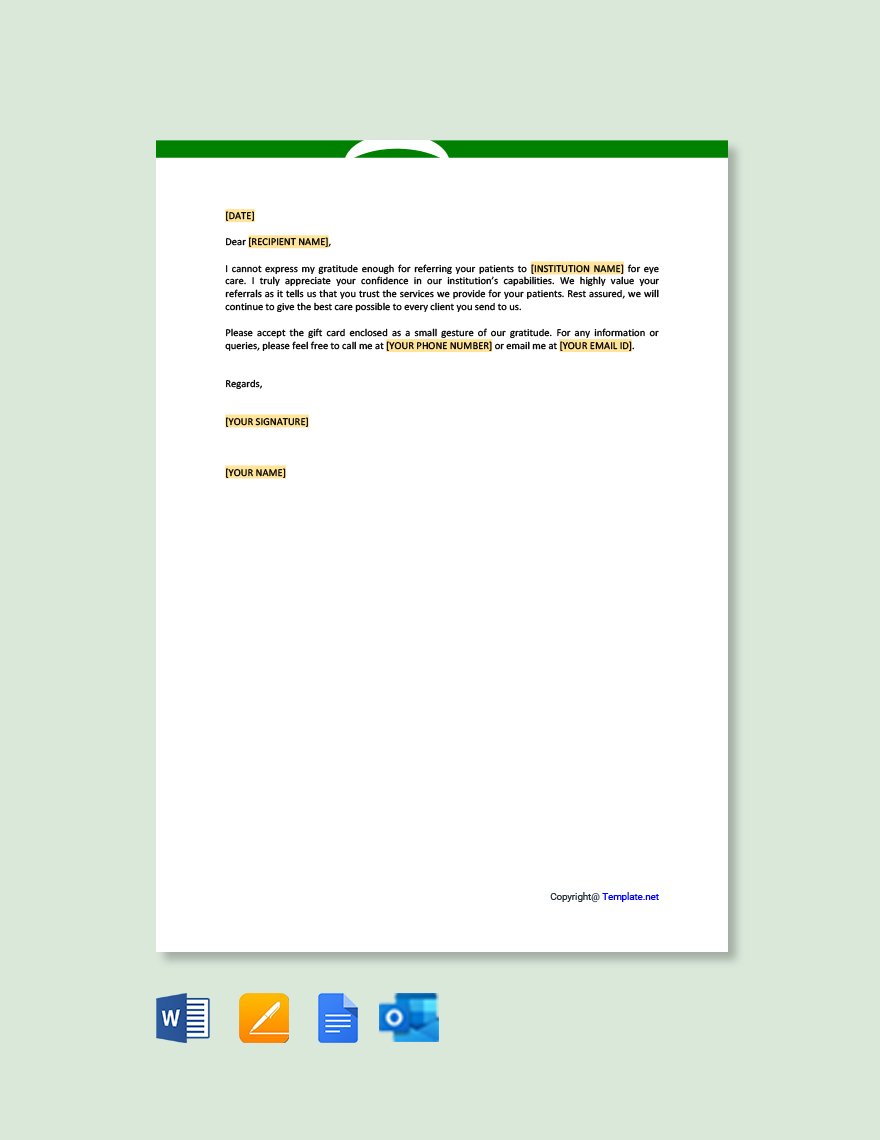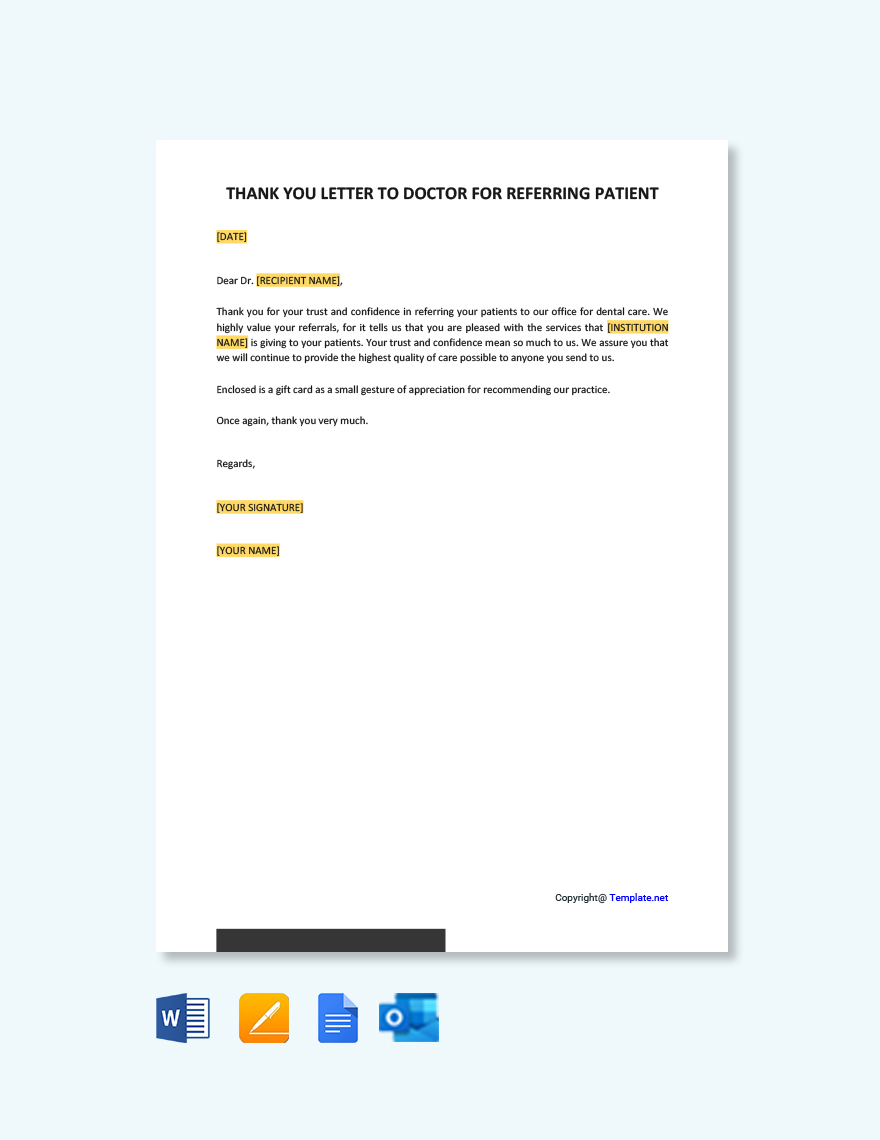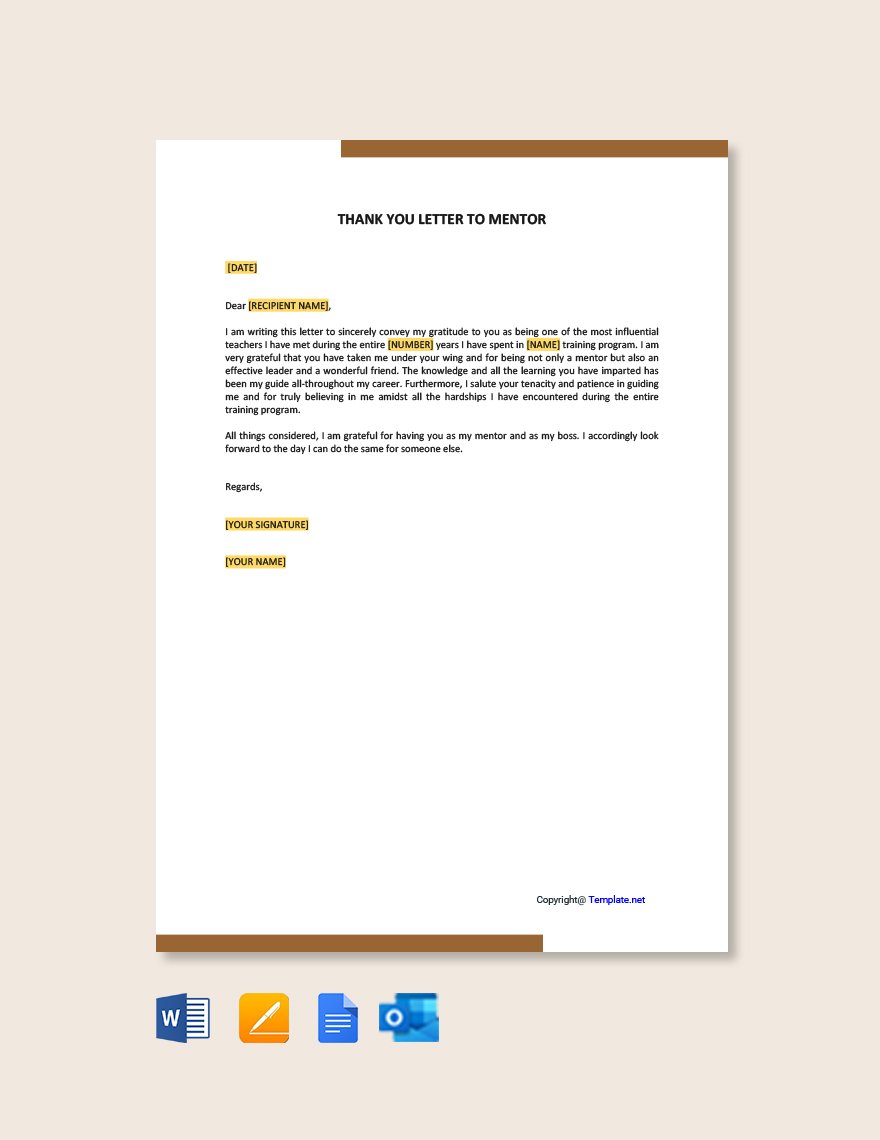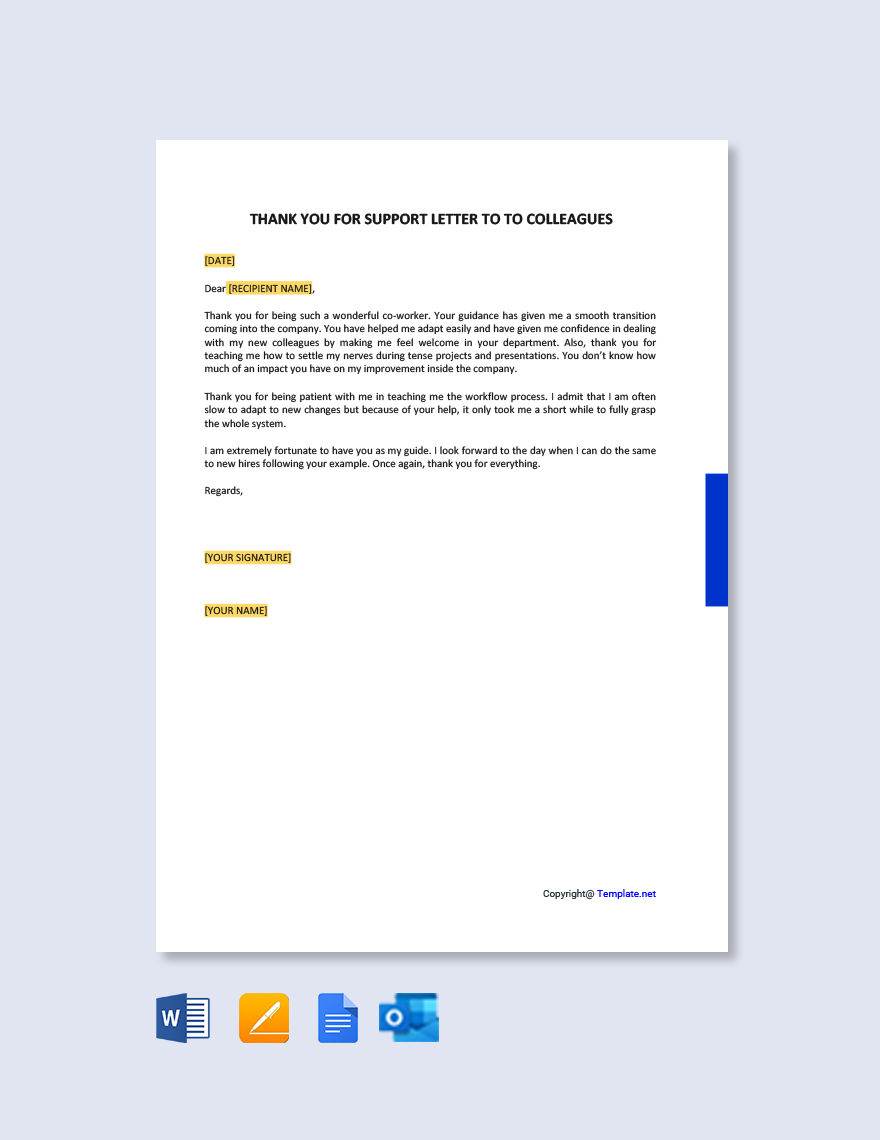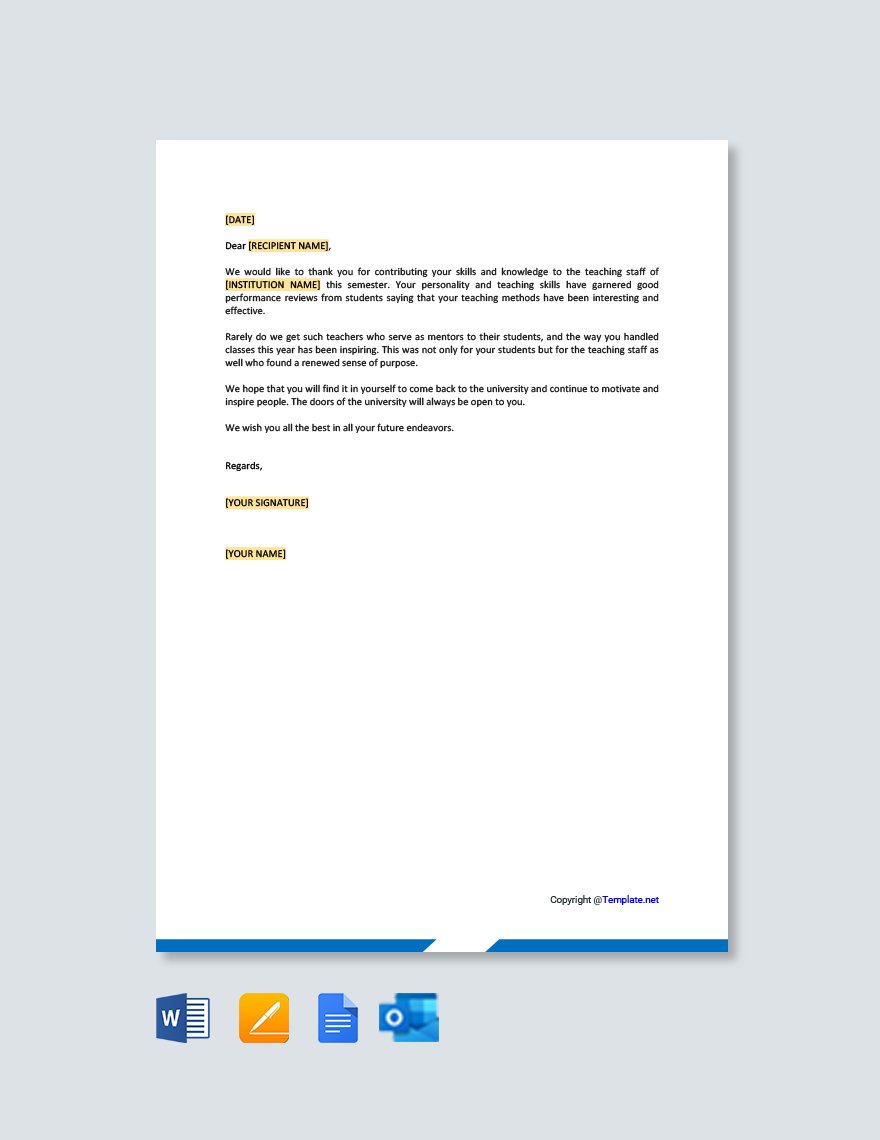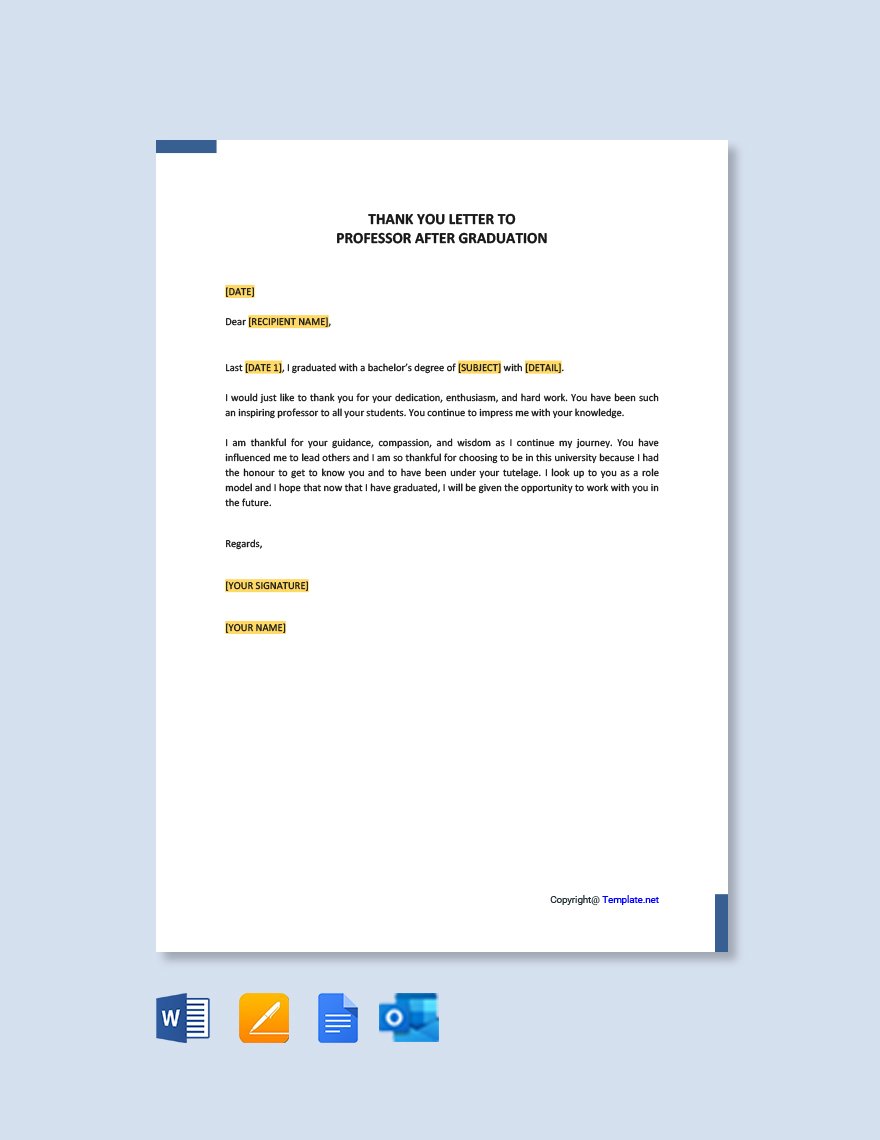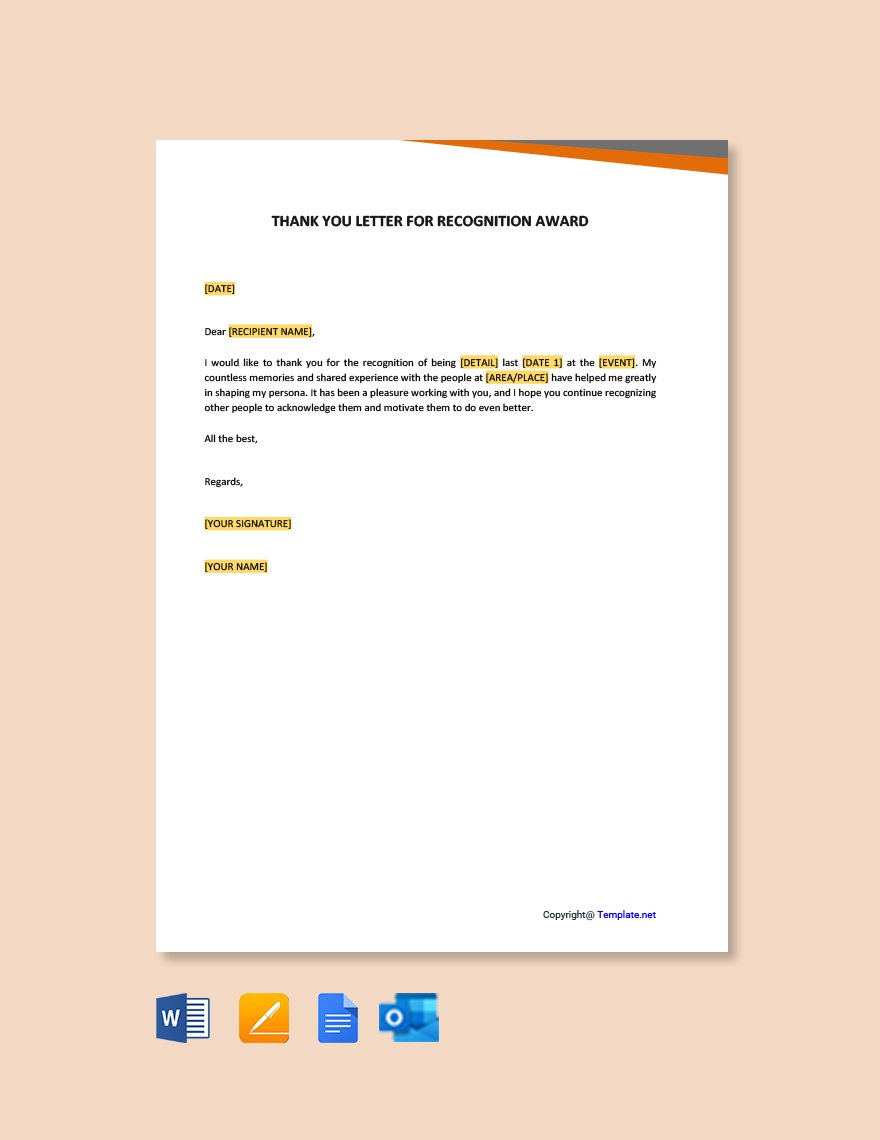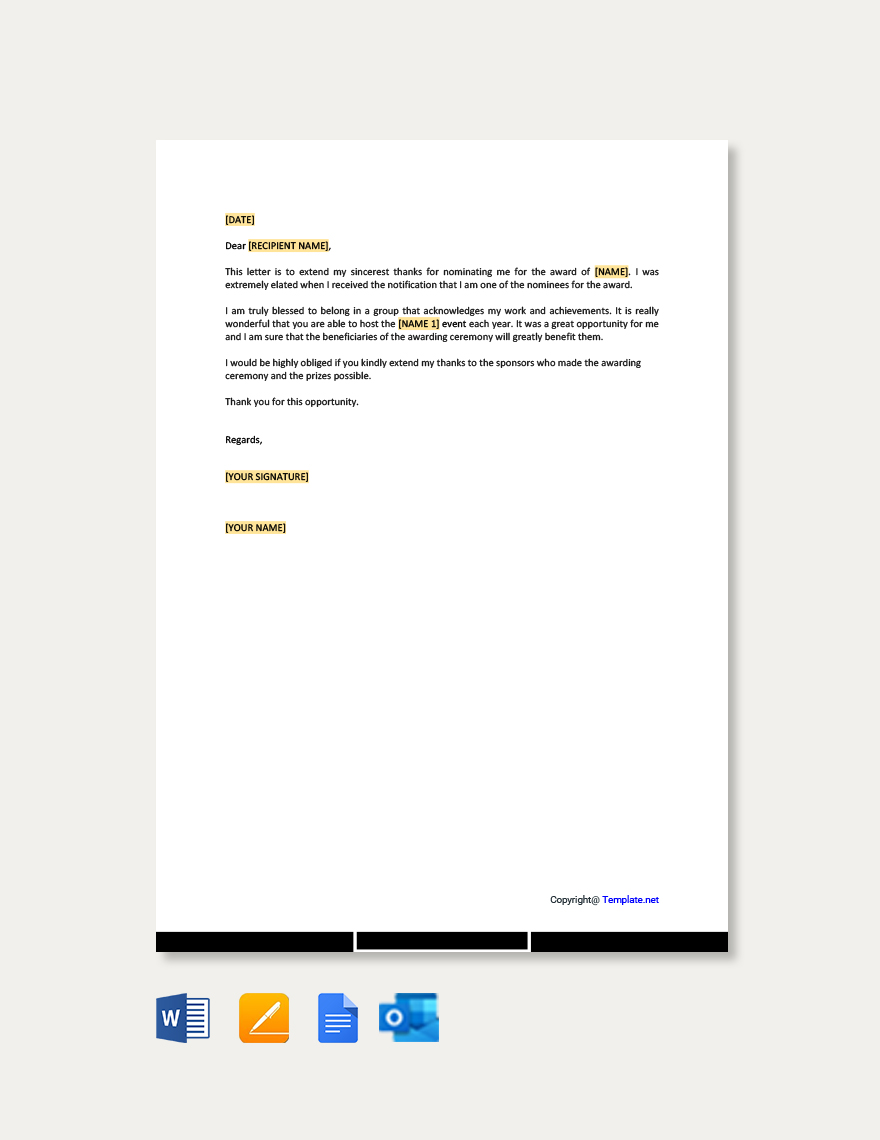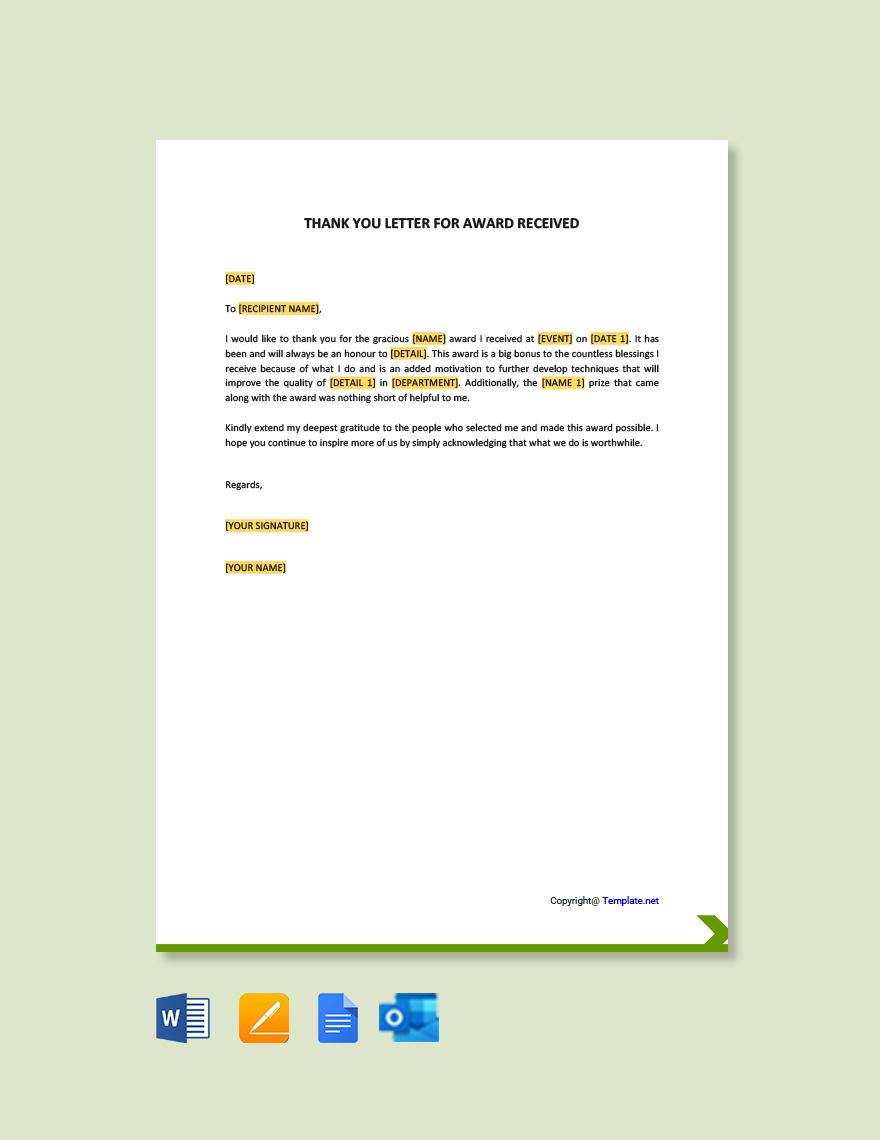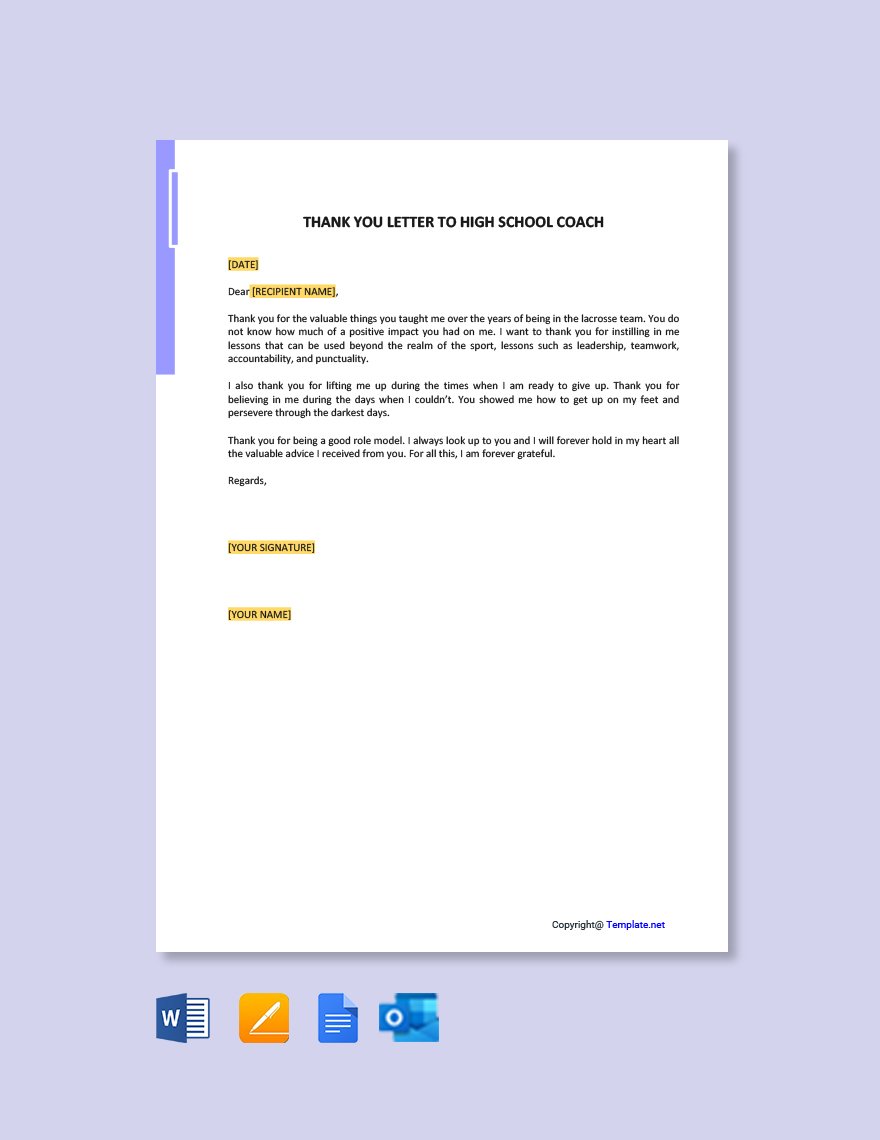Bring Your Gratitude to Life with Thank You Letter Templates from Template.net
Enhance your expressions of appreciation with the thoughtful and beautifully designed Thank You Letter Maker templates from Template.net. Perfect for individuals and businesses alike, our templates keep your relationships warm, foster goodwill, and make heartfelt connections. Whether you're sending a note of thanks after a job interview or expressing gratitude for a generous gift, we have templates to suit every occasion. Each template includes space for adding a personal message, event date, and contact information, ensuring your letters always hit the right note. You don't need any design skills to create a stunning thank you letter, and you can rest assured knowing that Template.net offers professional-grade designs for free. With options for both print and digital distribution, our customizable layouts are ideal for all your gratitude needs.
Discover the many Thank You Letter Templates we have on hand that you can tailor to your liking. Start by selecting a template, swapping in your own images or logos, and tweaking colors and fonts to match your style. For an added touch, you can drag-and-drop custom icons or graphics, and even add animated effects, thanks to our AI-powered text tools. The possibilities are endless and skill-free, ensuring a fun and creative experience. Our regularly updated library of templates means you'll always have fresh designs to choose from. When you’re finished, download or share your letters effortlessly via print, email, or social media, ensuring your gratitude reaches its intended audience with ease.
